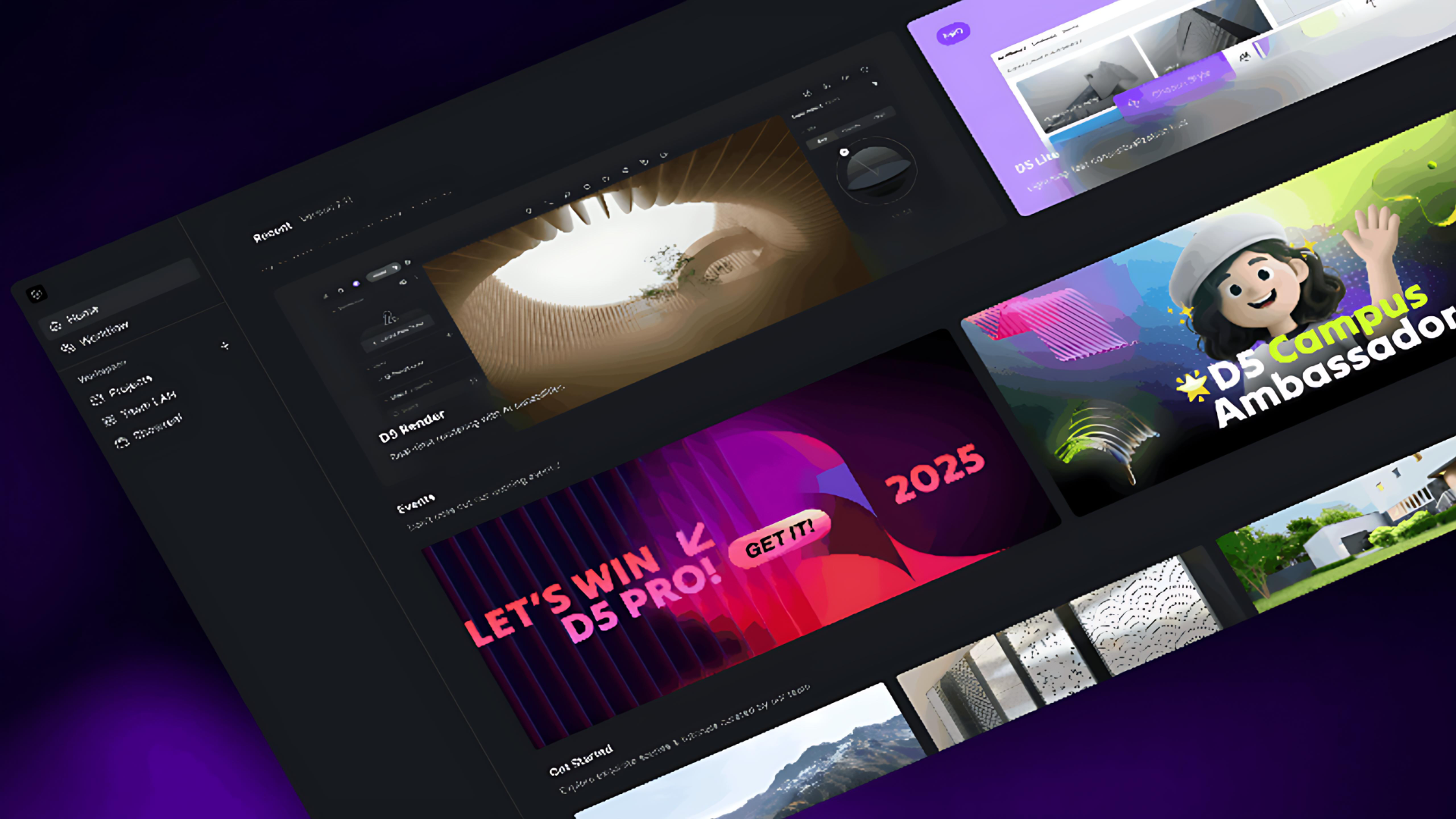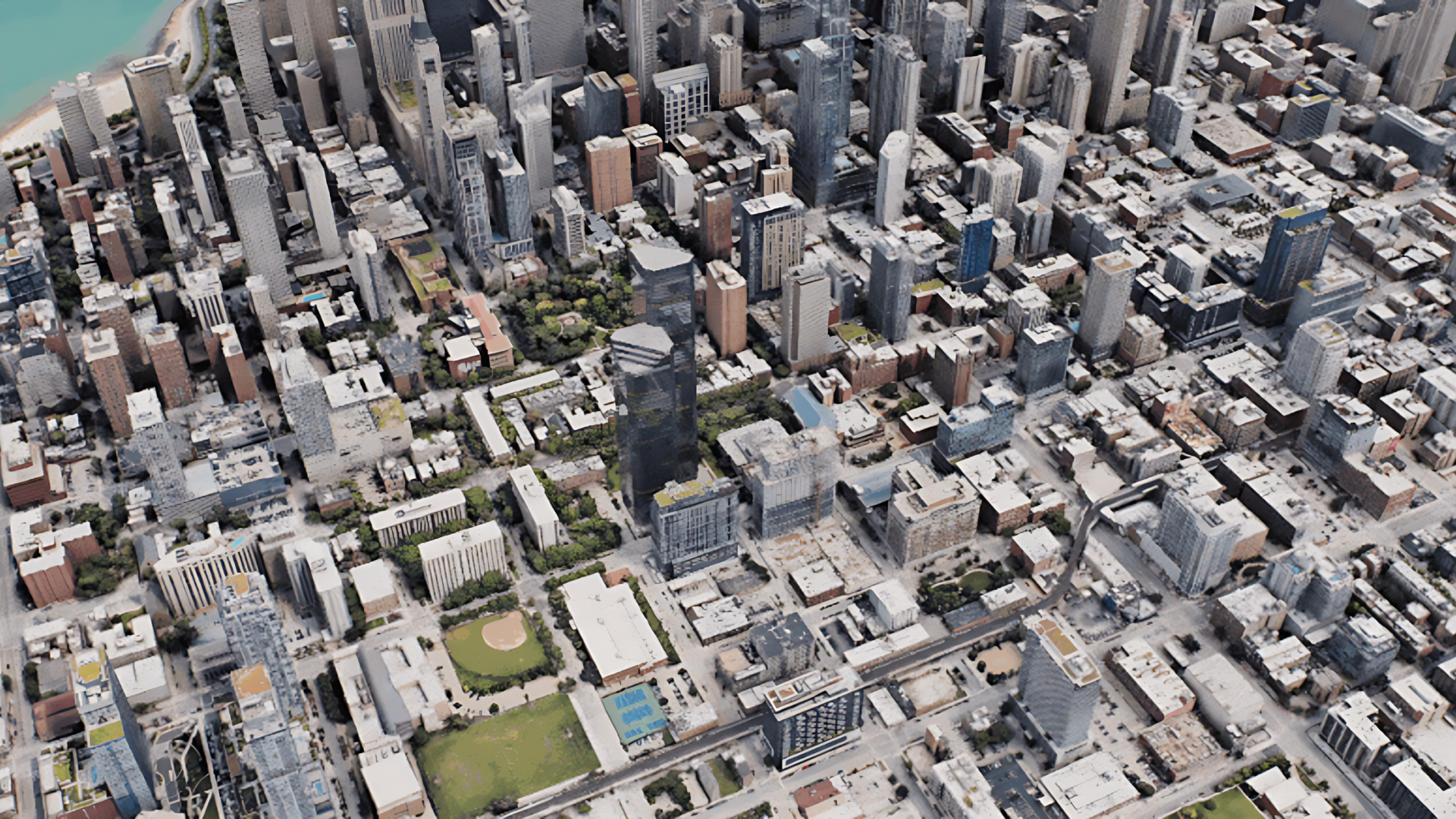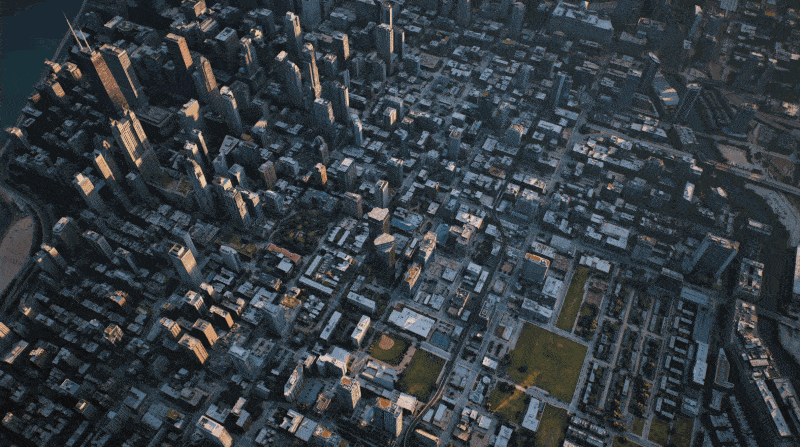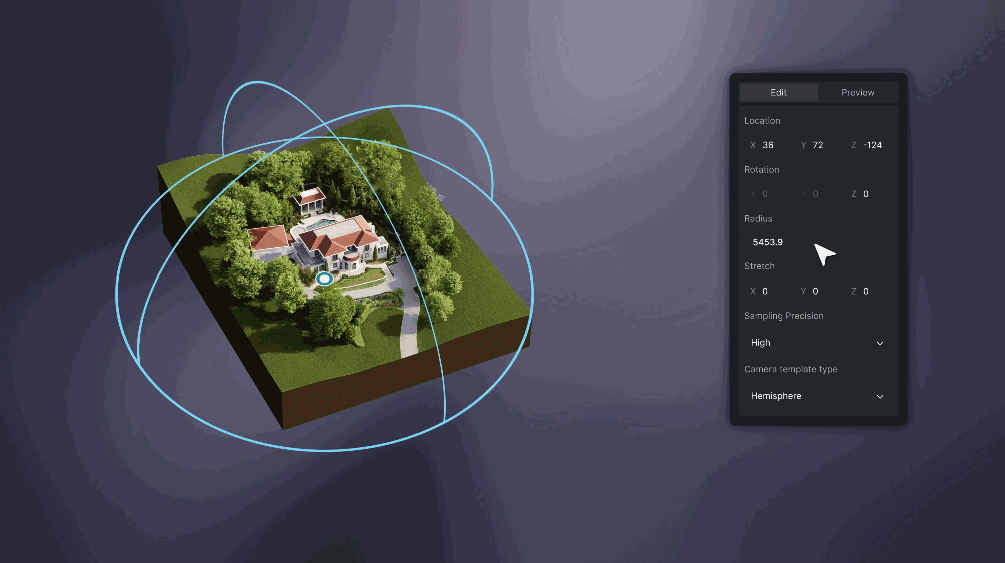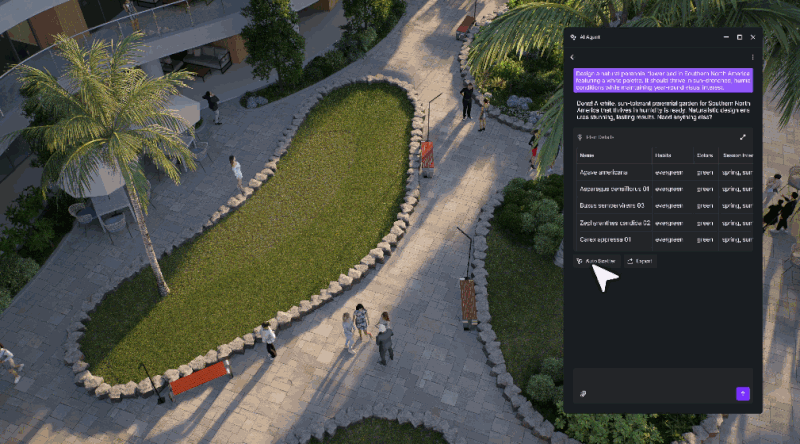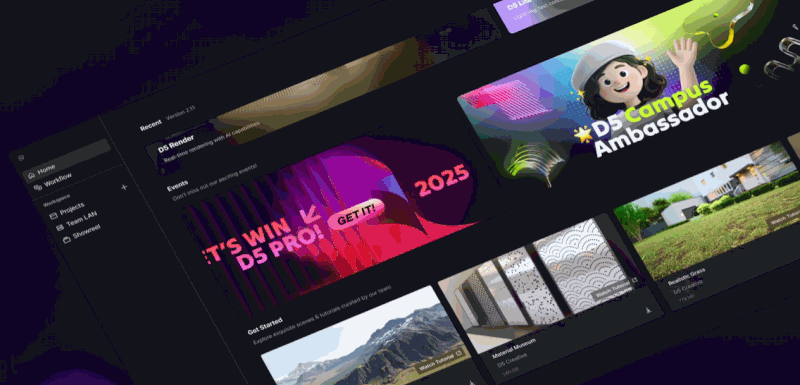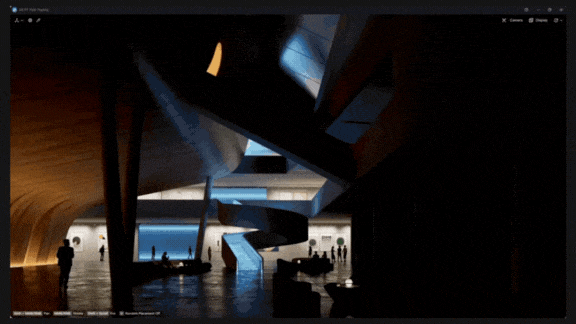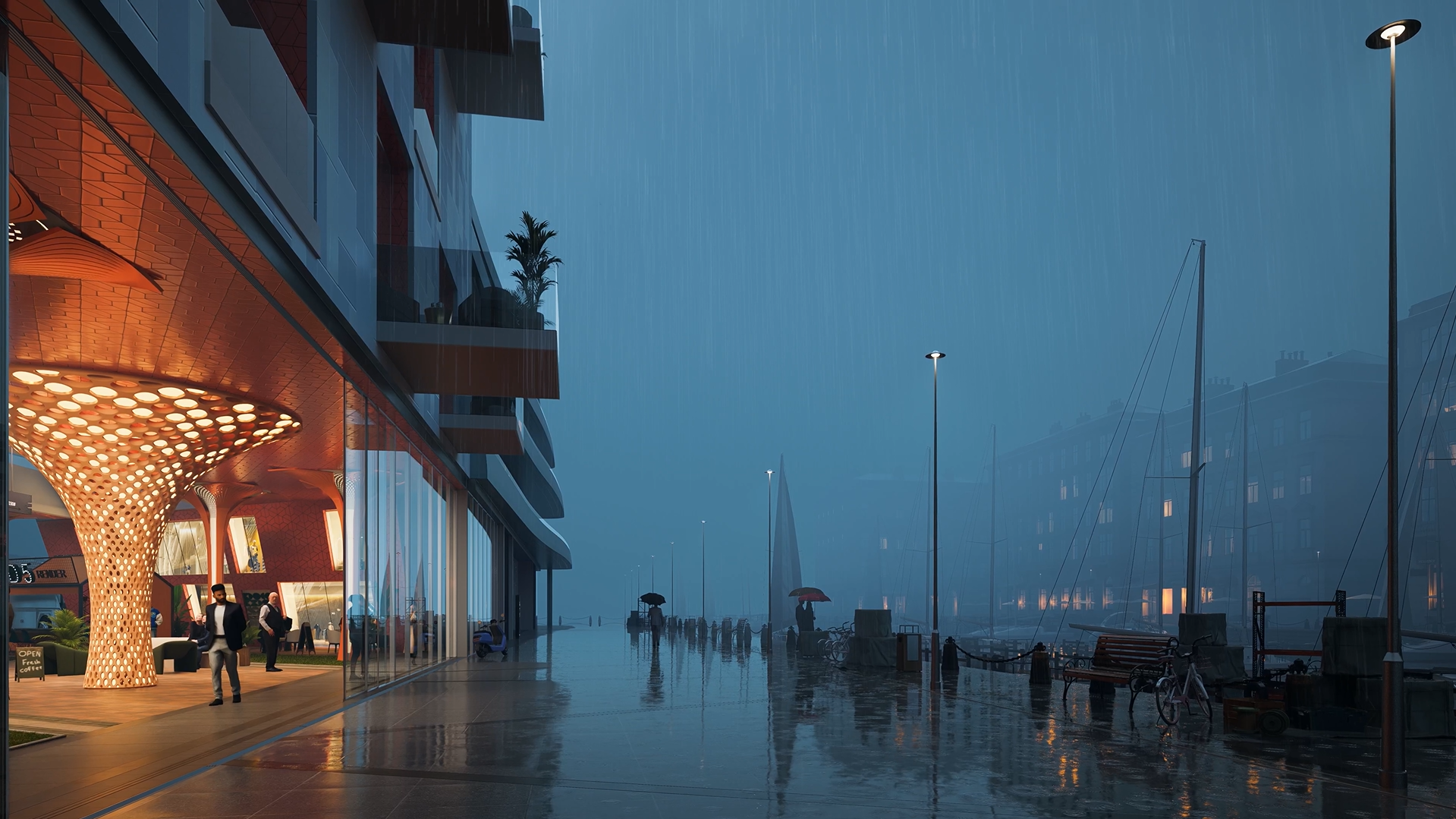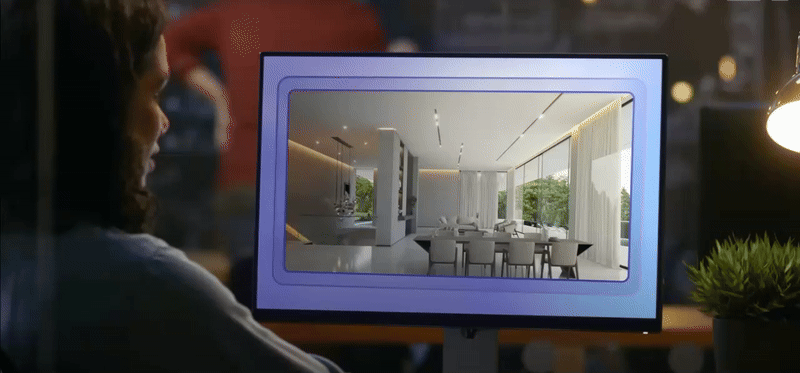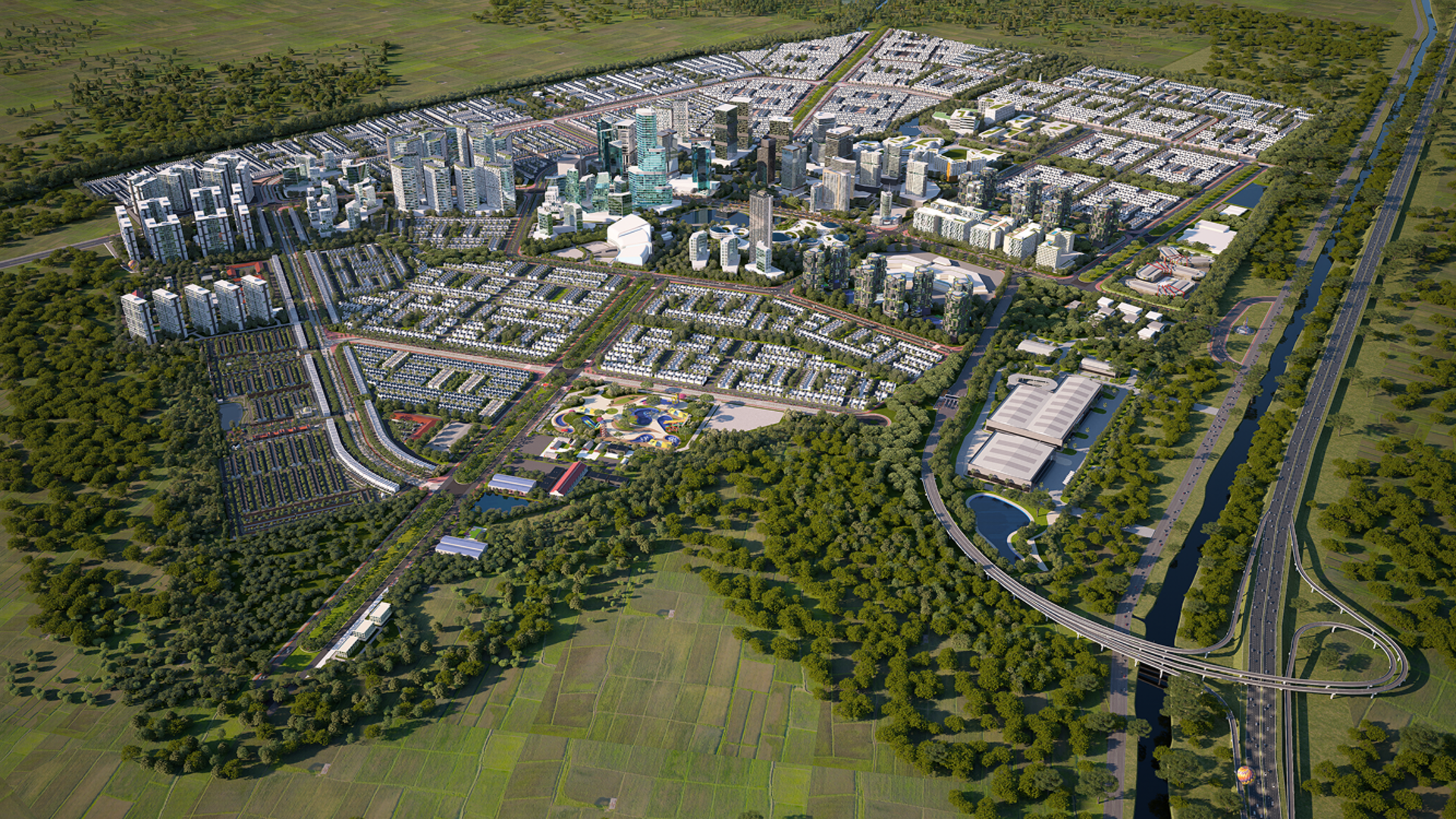Key Takeaways
- D5 Render empowered the team to visualize emotional contrasts with precision, transforming abstract ideas into immersive, cinematic spaces.
- With the free education license, students accessed D5’s professional-grade tools and assets—removing barriers to high-quality architectural visualization.
- For concept-heavy competitions like Buildner’s, D5 Render proved essential in crafting impactful, emotionally resonant presentations that stood out.
- Buildner is a global architectural competition platform that hosts concept-driven contests to encourage creativity and innovation in architectural thinking.

Among its most popular competitions is the Museum of Emotions, which challenges participants to explore and express contrasting human emotions—such as joy and sadness, fear and love—through the design of opposing spatial environments. Now in its fifth edition, this architecture competition invites imaginative and emotional responses rather than practical building solutions.

We recently sat down with the two students who earned First Prize to discuss their winning entry—and how D5 Render became their secret to success.
1. A Quick Introduction: Meet the Voices Behind the Victory
Minseok Choi: Hello, we are students majoring in Space Design at Sangmyung University. Currently, we are in our fourth year of study, focusing on architectural and spatial concepts. We are passionate about exploring innovative design ideas that connect people and environments.

2. Can you tell us about your award-winning project?
Minseok Choi: Since the Museum of Emotions competition was being held for the fifth time on the same theme, we focused on developing a strategy to differentiate our project from previous entries. While many participants divided positive and negative emotions into two separate spaces, our team designed a single space split by a transforming wall, creating contrasting interior and exterior environments.

Our project, Beautifully Cruel features a gabion (stone cage) wall that splits interior from exterior. Visitors place flowers into the wall, gradually enhancing contrast as nature takes over.

The work powerfully intertwines architecture, nature, and human emotions. The exterior blooms with flowers that change with the seasons, symbolizing the connection between time and nature. In contrast, the interior is designed as a dark, static chamber, encourages introspection, with light seeping through subtle apertures—hinting at hope. As visitors add flowers, the interior warms, weaving architecture, nature, and human emotion into one elegant metaphor.

We then translated our ideas into sketches and, based on various visual references, proceeded with SketchUp modeling followed by rendering, and adding the final polish in Photoshop and Illustrator. Instead of the rendering tools we had used before, we chose D5 Render, which allowed us to produce highly realistic and satisfying results. Without D5, the vision wouldn't have come through as vividly. If you're entering a design competition, especially one as emotional and conceptual as this, D5 isn’t just helpful—it’s essential.

3. Could you walk us through your visualization process using D5?
Minseok Choi: I had known about D5 Render through various platforms like YouTube and Instagram for a while, but I always thought I’d try it “next time.” However, while preparing for the Museum of Emotions architecture competition, I felt that the quality from other renderers I used—like Enscape and Twinmotion—didn't achieve the refinement I wanted, so I decided to give D5 Render a try.
Using the D5 Educational License, I was able to create high-quality work by taking advantage of its wide range of assets and D5’s unique realistic vegetation and natural elements including trees, grass, flowers, rocks, and stones.

To express the contrasting emotions central to the competition theme, I applied various strategies such as contrasts in lighting, saturation, and materials. Thanks to D5’s powerful lighting system, I was able to achieve satisfying results. For bright and vibrant exterior images, I found that the desired vibrance level wasn’t fully achievable, so I needed to do some retouching in Photoshop. On the other hand, for darker interior spaces with strong light contrasts, the images straight from D5 met my expectations perfectly.

When I first started, I found the controls intuitive to use and adapted quickly by following D5’s beginner-friendly interface guides. Rather than using every feature at once, I learned step-by-step by exploring the functions I needed as I went along. The tutorial videos on the official YouTube channel were also very helpful.
Also read: 4 Best Tips of Realistic Environmental Lighting for Architecture
4. How do you think D5 differs from other software?
Doyeong Jang: While working on the Museum of Emotions project, I used D5 Render seriously for the first time, and I was really impressed by how much more delicately it allowed me to express the flow of emotions the space was meant to convey.

For example, to capture the dark atmosphere inside, I applied low-saturation indirect lighting and textured materials with some noise. For the exterior scene filled with flowers, I adjusted the natural light and used high-resolution asset library.

I also really appreciated being able to control the direction and color of the light in real time according to the time of day. Using simple animation features, I could show the flow of emotions along the visitor’s path, creating a highly immersive sequence.
Compared to tools I’d used before like Lumion or V-Ray—which often required complex settings and took a long time to see results—D5’s real-time rendering was a major advantage because I could instantly check the outcome while designing and get accurate emotional feedback right away.
The graphic quality exceeded my expectations, making it more than just a tool that produces pretty images. It felt like a powerful assistant that truly helps convey the emotional experience of the space I designed to others.
5. Do you have any tips for other students?
Doyeong Jang: When I first started preparing for competitions and portfolios, I often doubted myself, wondering, “How do others create such high-quality renders so well?” But through working on the Museum of Emotions project, I realized that clearly conveying the message I want to express is more important than making everything perfect.

Especially when using D5 Render, you can intuitively adjust key elements like lighting, materials, and time of day without complicated settings. Just by focusing on effectively directing the core scenes, the overall project feels much more impactful. We adjusted the timing of the light to emphasize the flow of emotions and set the camera angle at the user’s eye level to better convey the space’s atmosphere.

Also, instead of just making the renders look pretty, we composed the shots like a sequence that shows how emotions start and evolve within the space. These small meaningful choices ultimately strengthened the project’s persuasiveness and gradually built my confidence with the thought, “I can do this too.” Looking back, I believe that trusting your own design logic and having the attitude to keep moving forward is what really matters in the end.
6. Is there anything you’d like to add before we wrap up?
Doyeong Jang: At first, the idea of entering a global design competition was honestly intimidating, and the thought of competing with students from around the world came with both excitement and nervousness. But as I started taking it one step at a time, I realized that what truly matters isn’t achieving a perfect result—it’s how clearly and convincingly you can express your own ideas.

Through the process of designing emotionally resonant spaces and visualizing them with intention, I feel that I'm growing—not just as a designer, but as a storyteller. That’s why I truly encourage more students to step onto a global stage like this. If you trust your unique point of view and take it one step at a time, the journey itself becomes incredibly fulfilling.
And central to that journey was the right creative tool. D5 Render wasn’t just software—it was a partner in our process. It let us focus on the story we wanted to tell, without getting bogged down by technical limitations. The ability to visualize complex emotional atmospheres in real time gave their project the clarity and depth it needed.
I hope more students realize what’s possible with tools like D5, because when your ideas are strong and your visuals can match them, that’s when you really start making an impact.



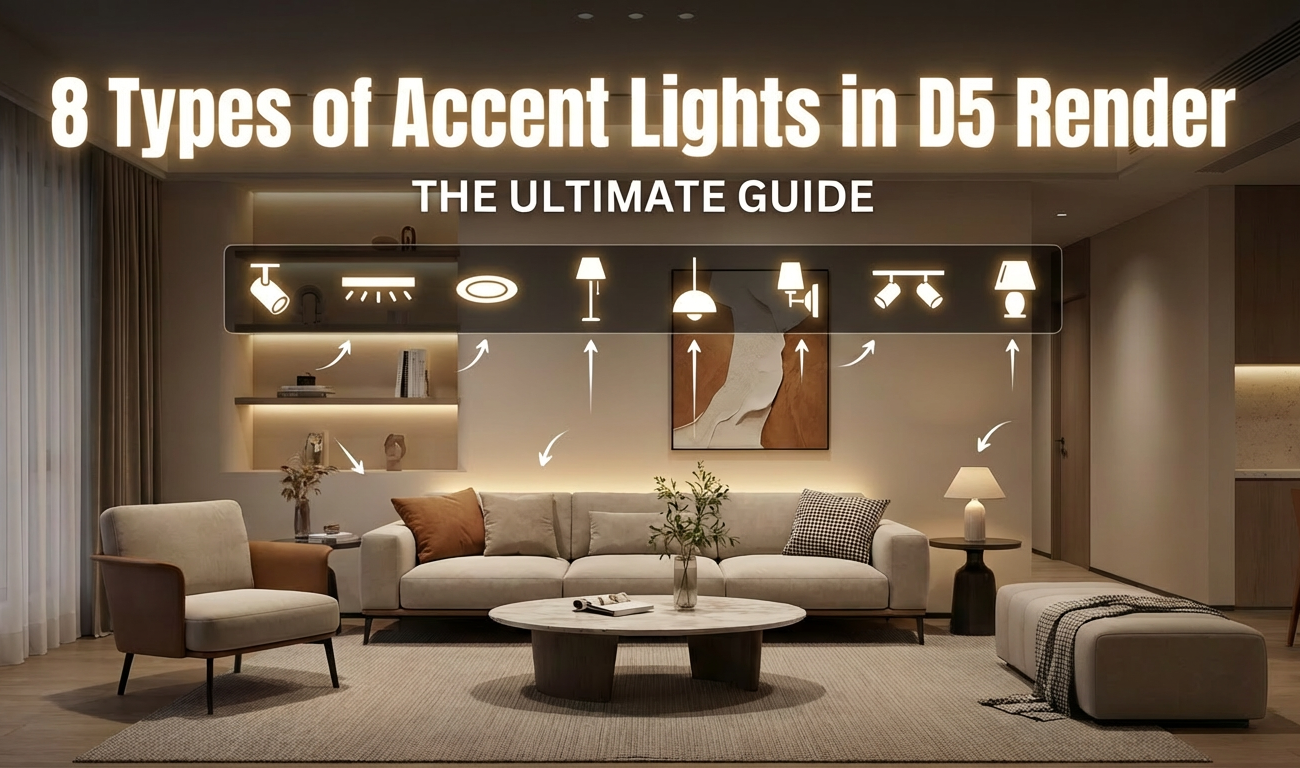
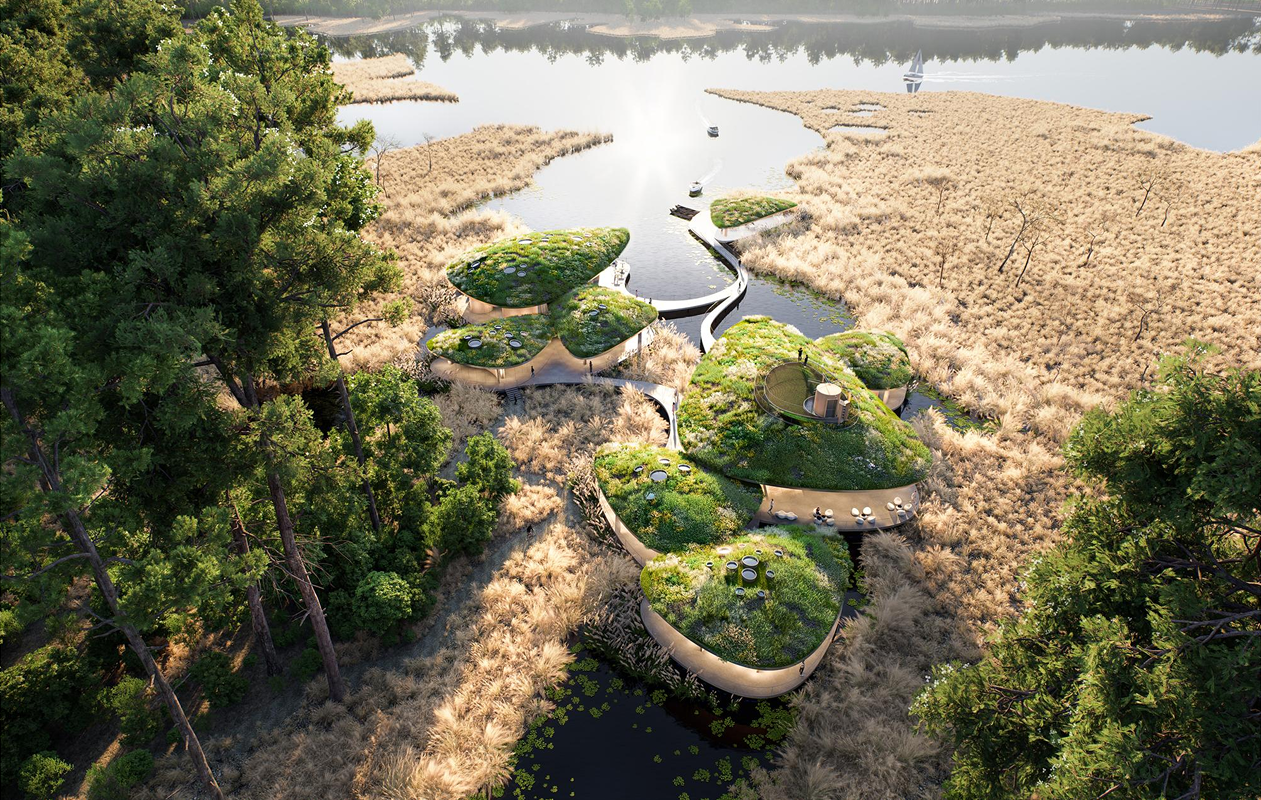
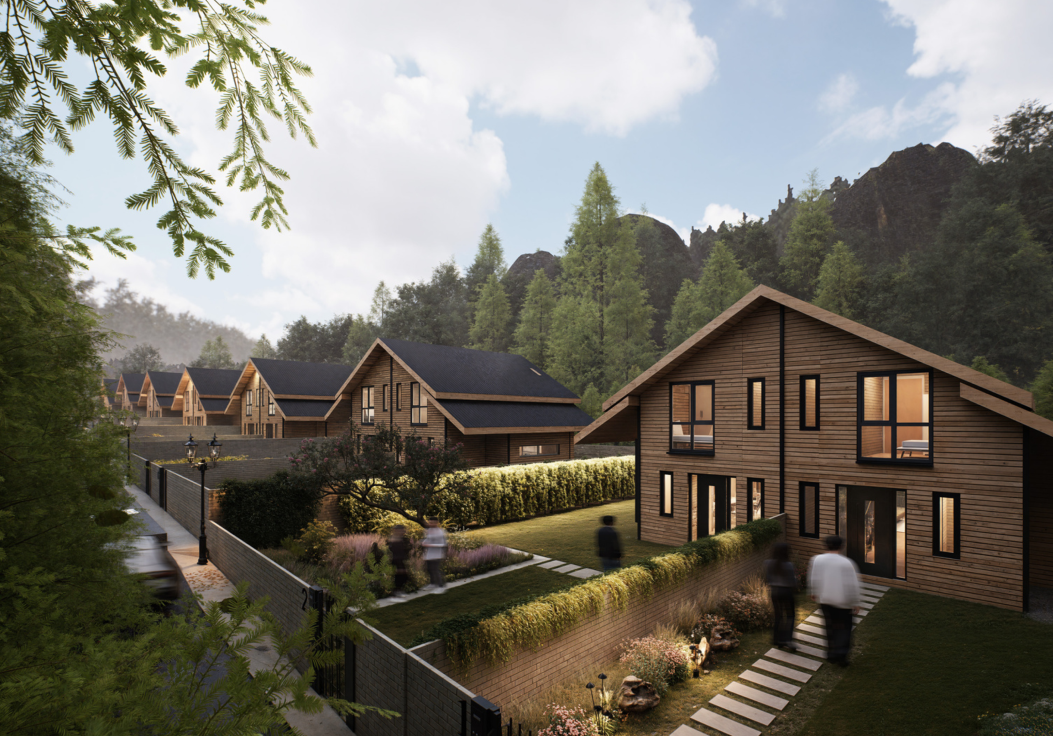
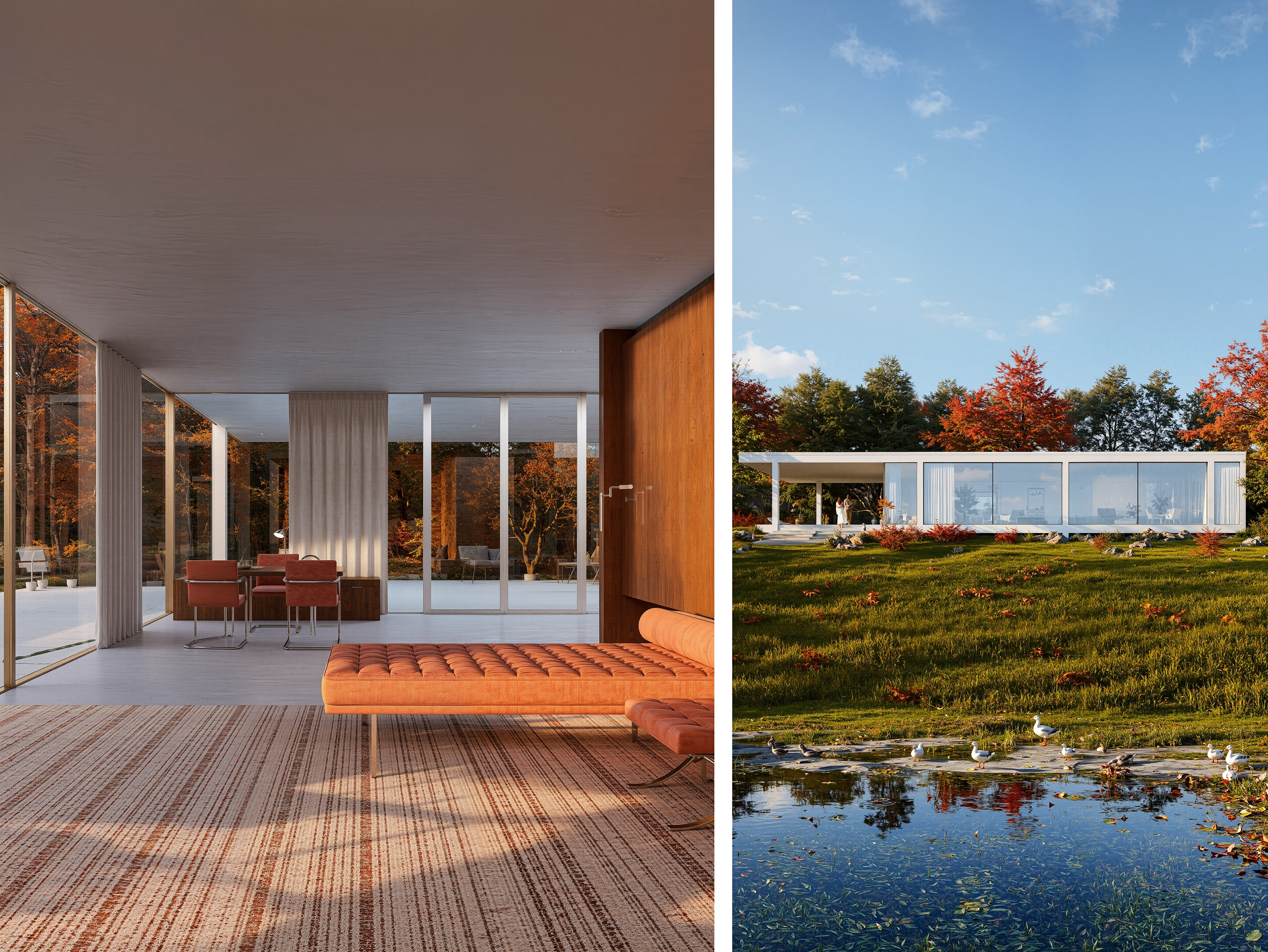
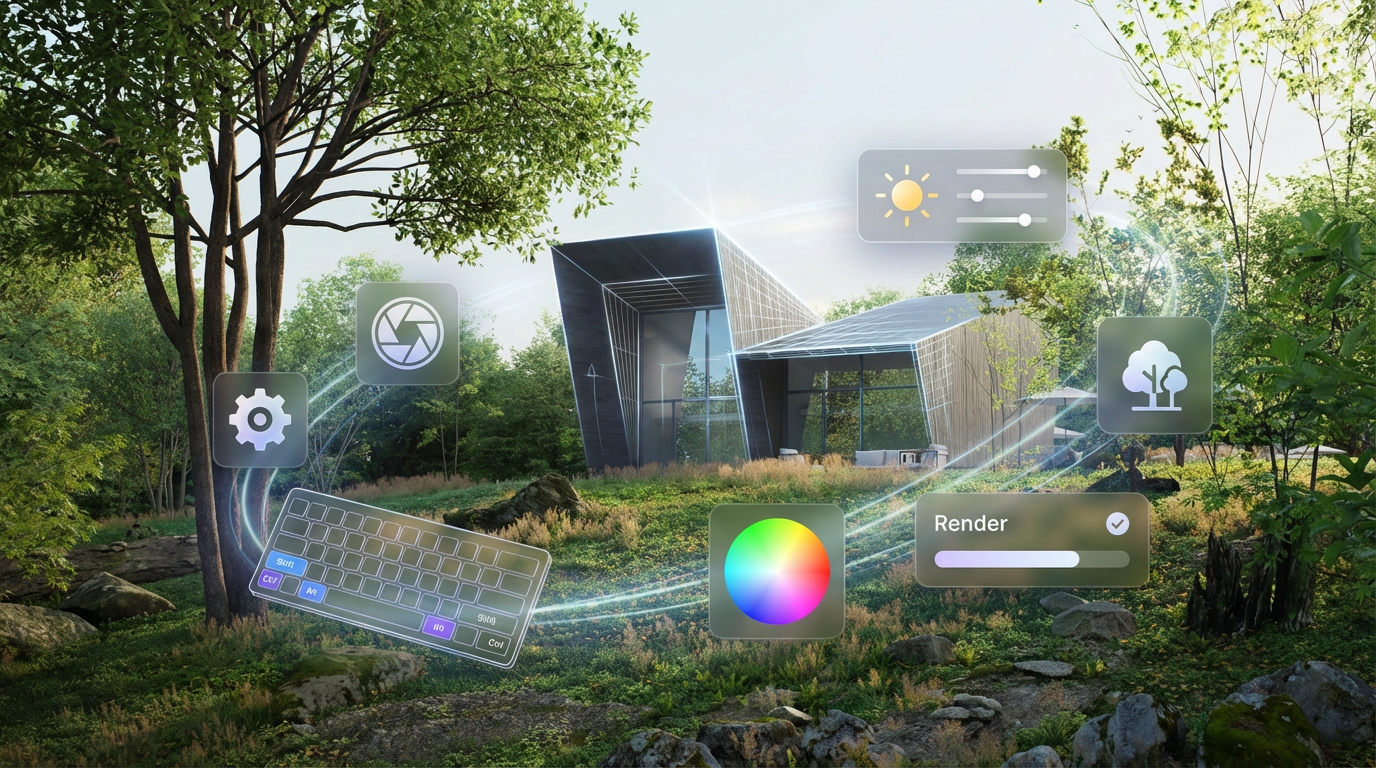
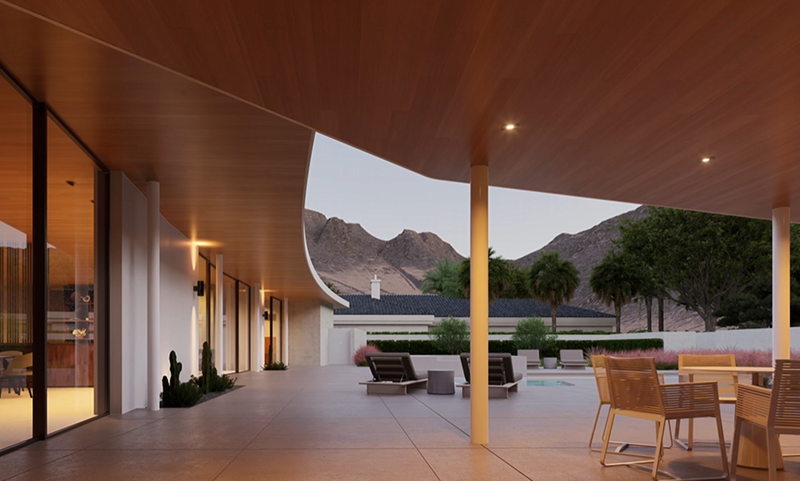
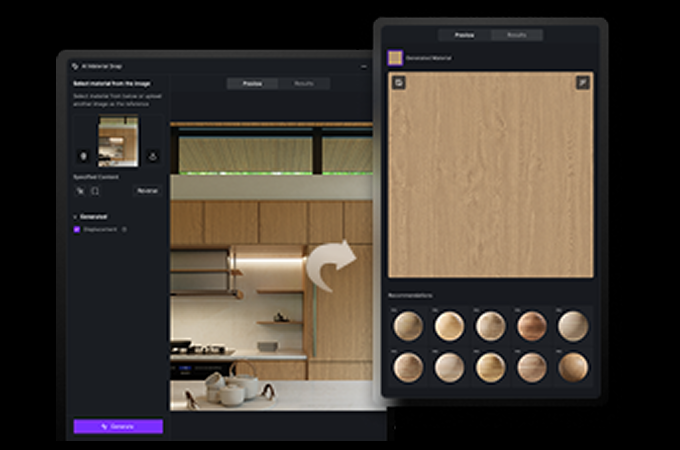
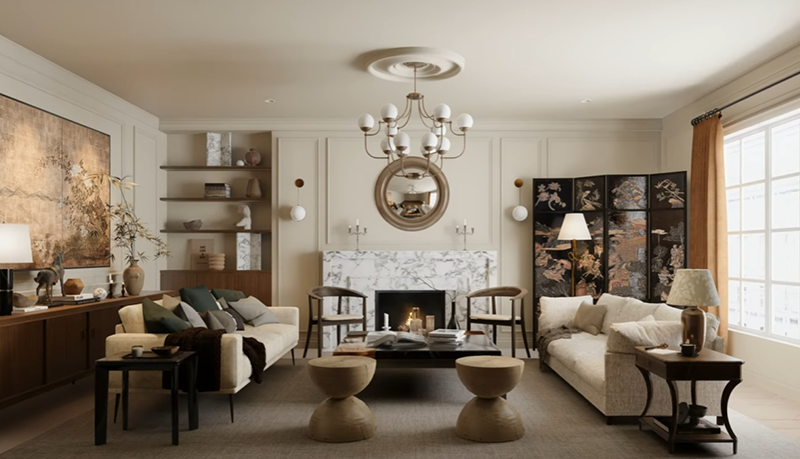

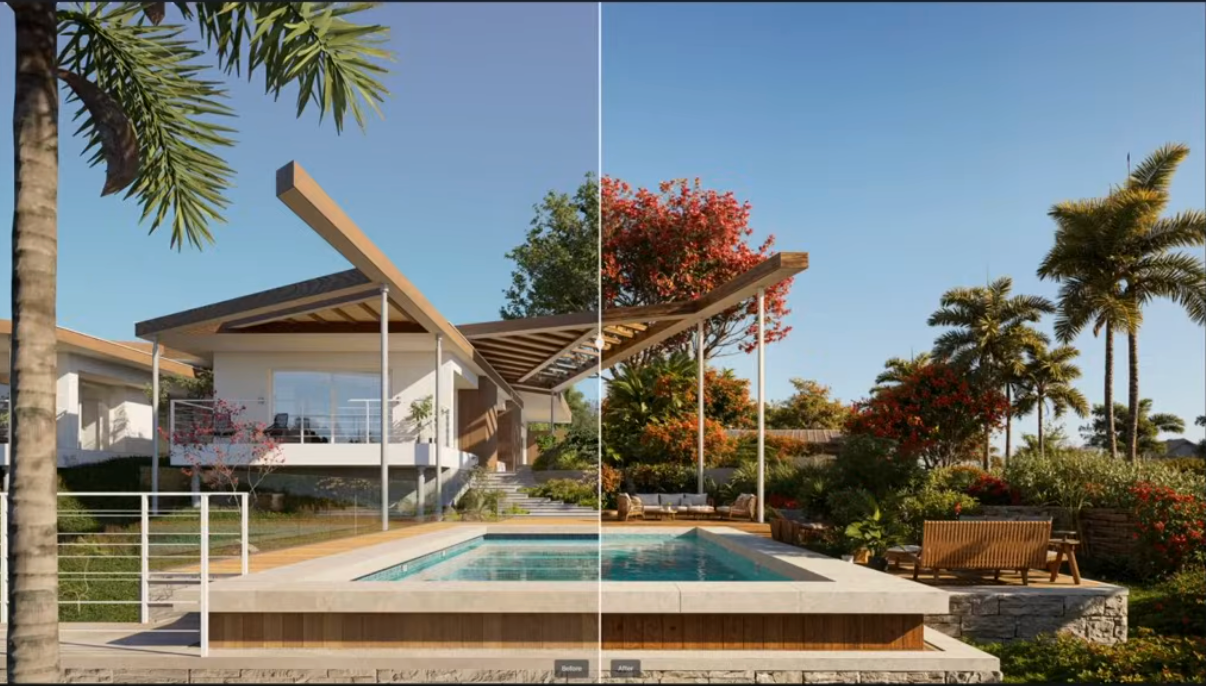

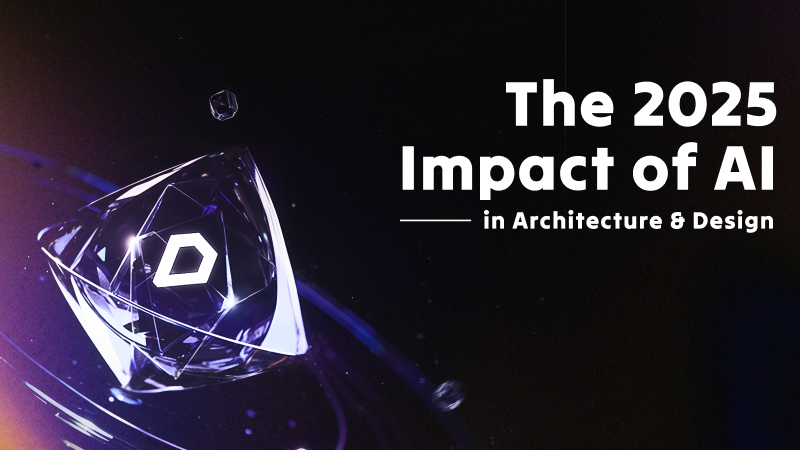
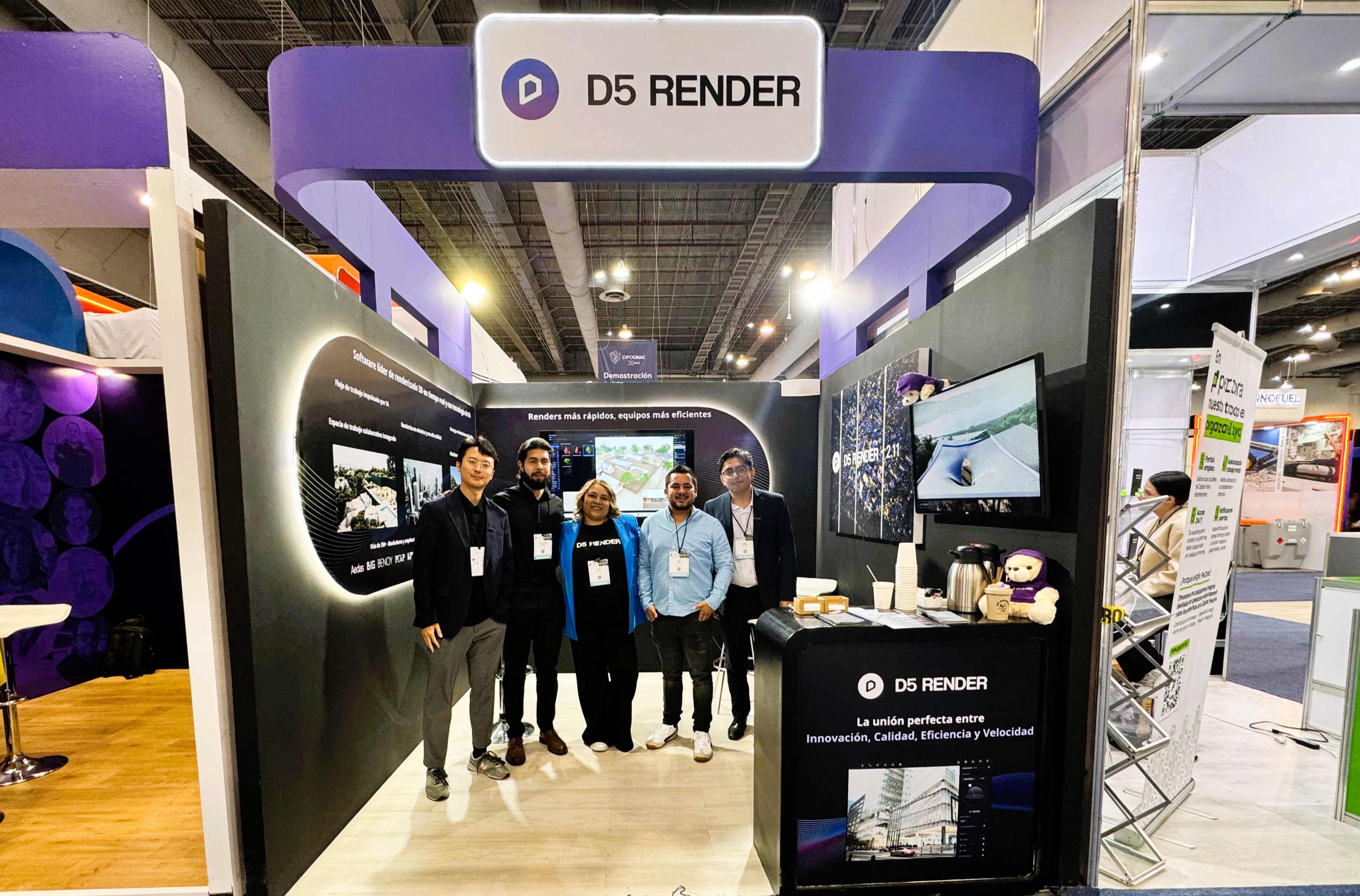
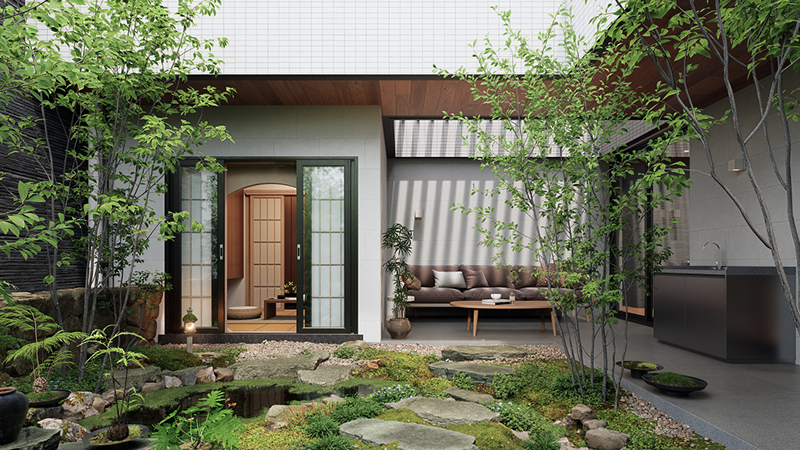
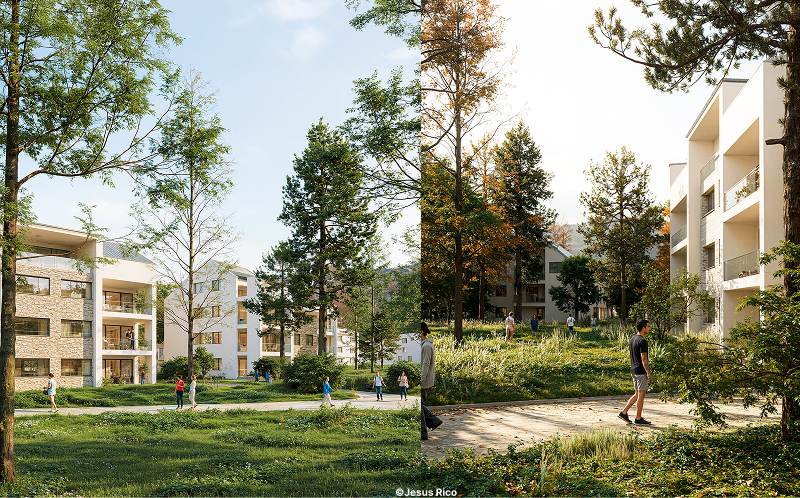
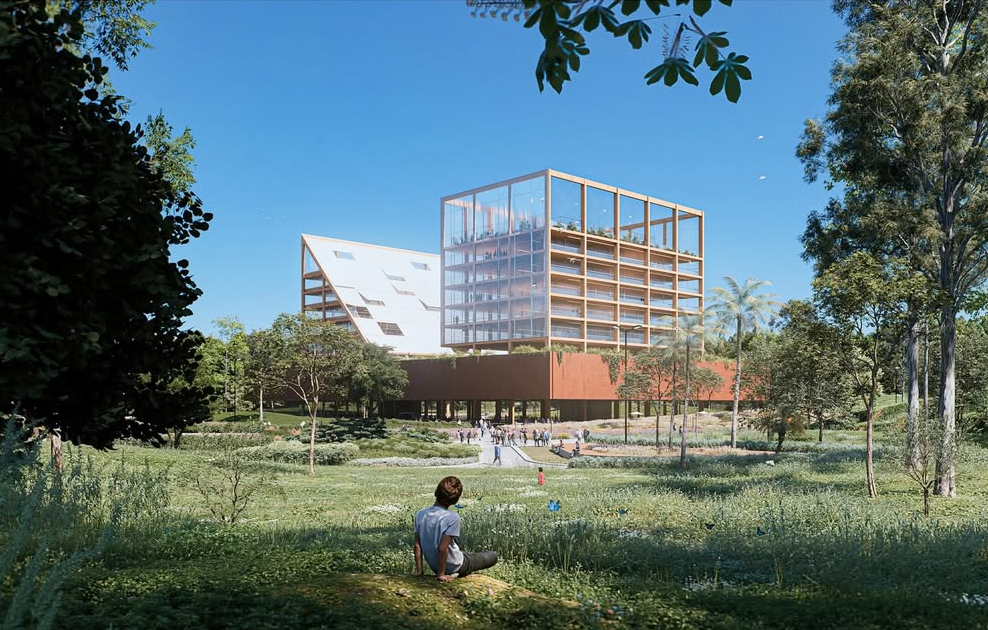
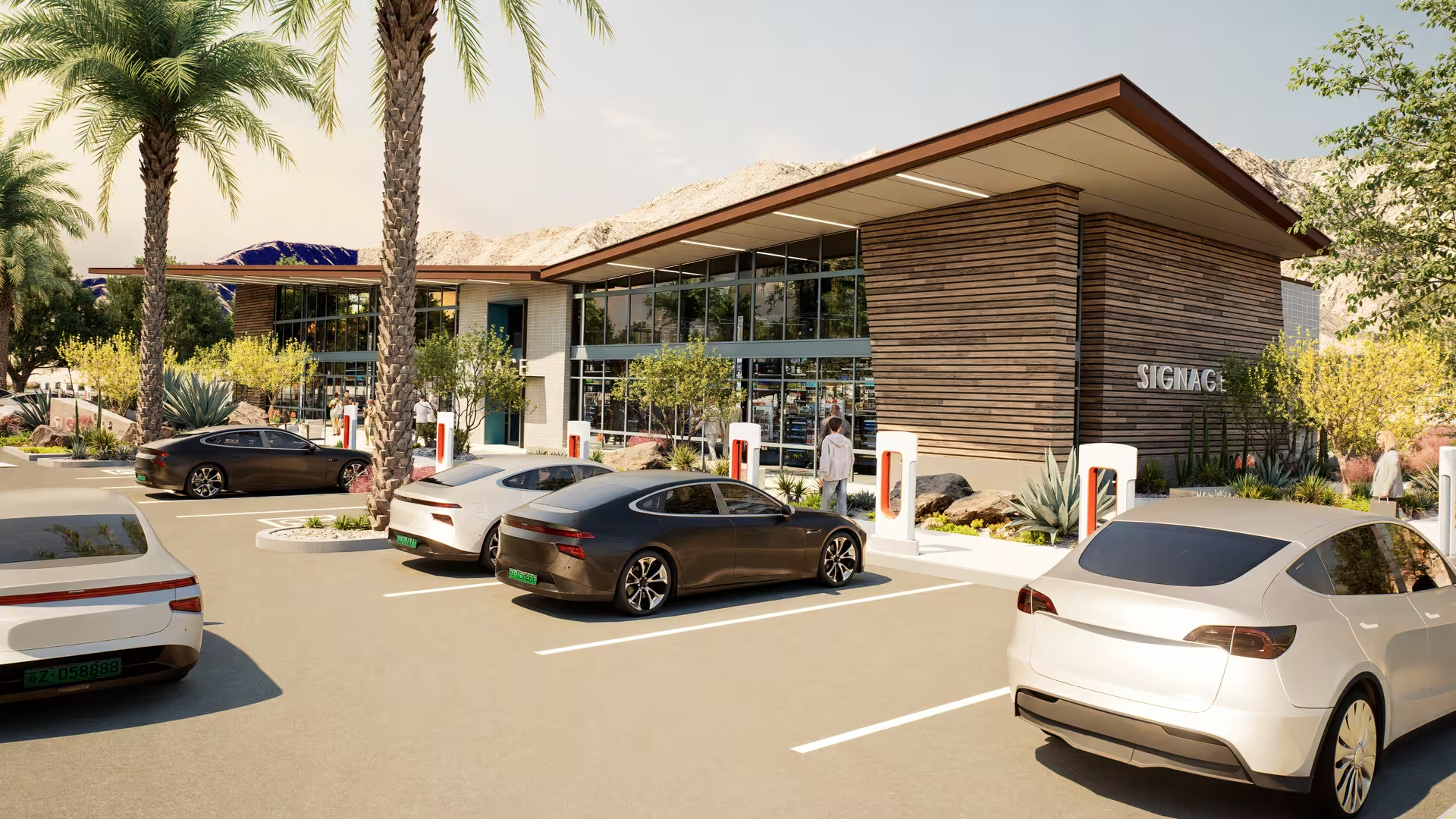
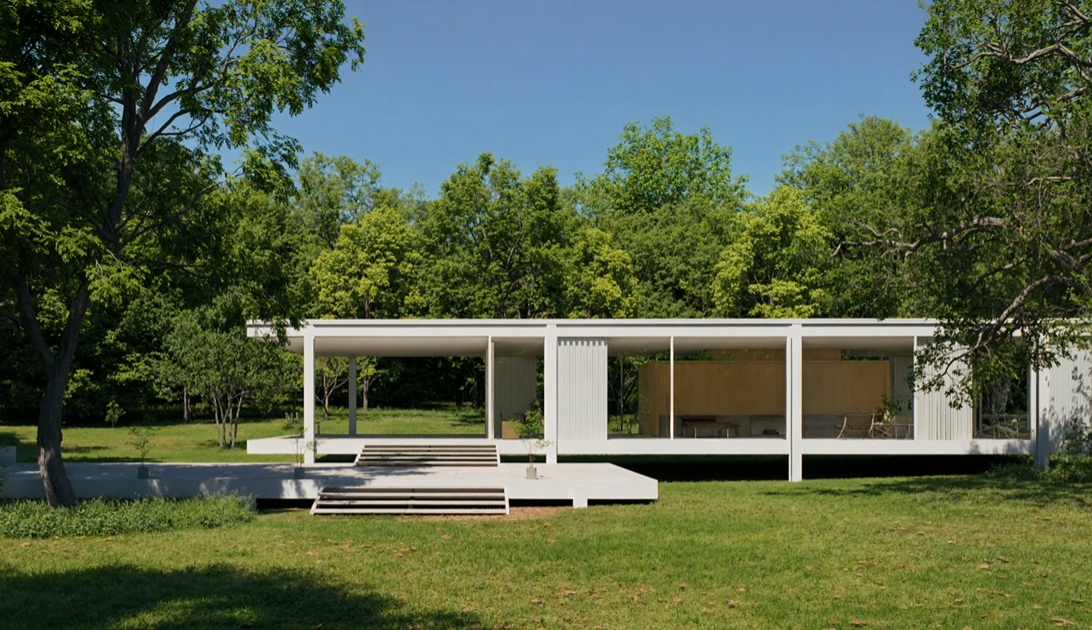
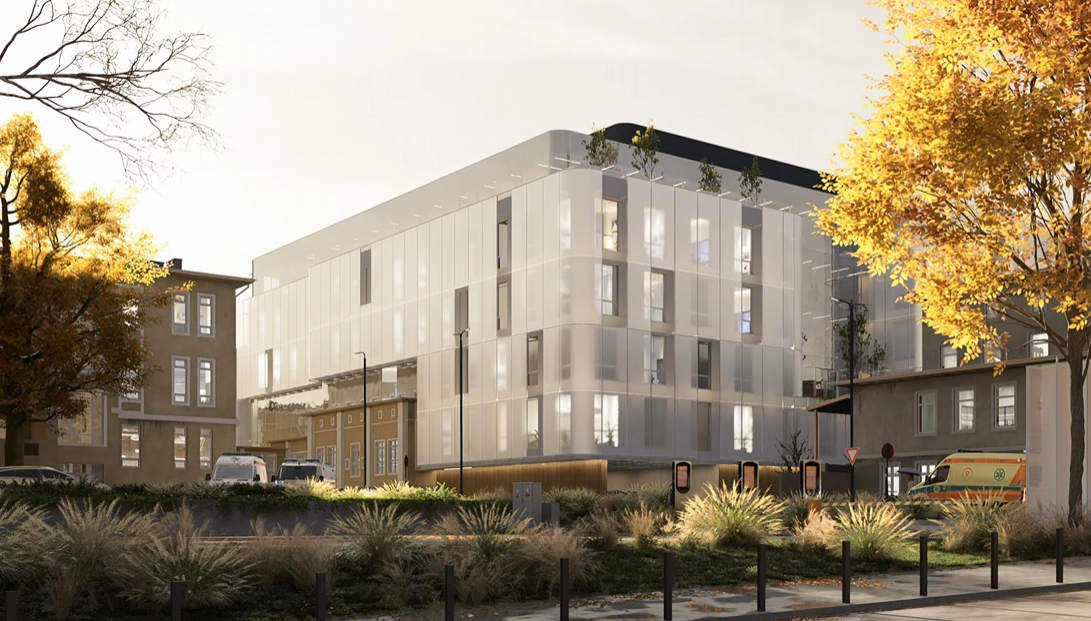
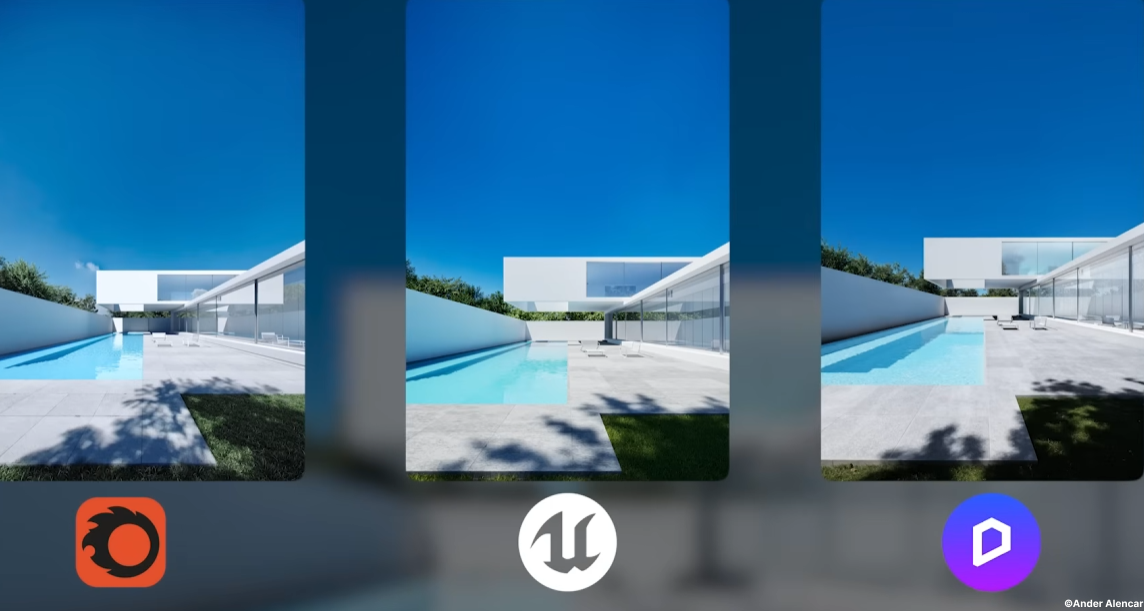
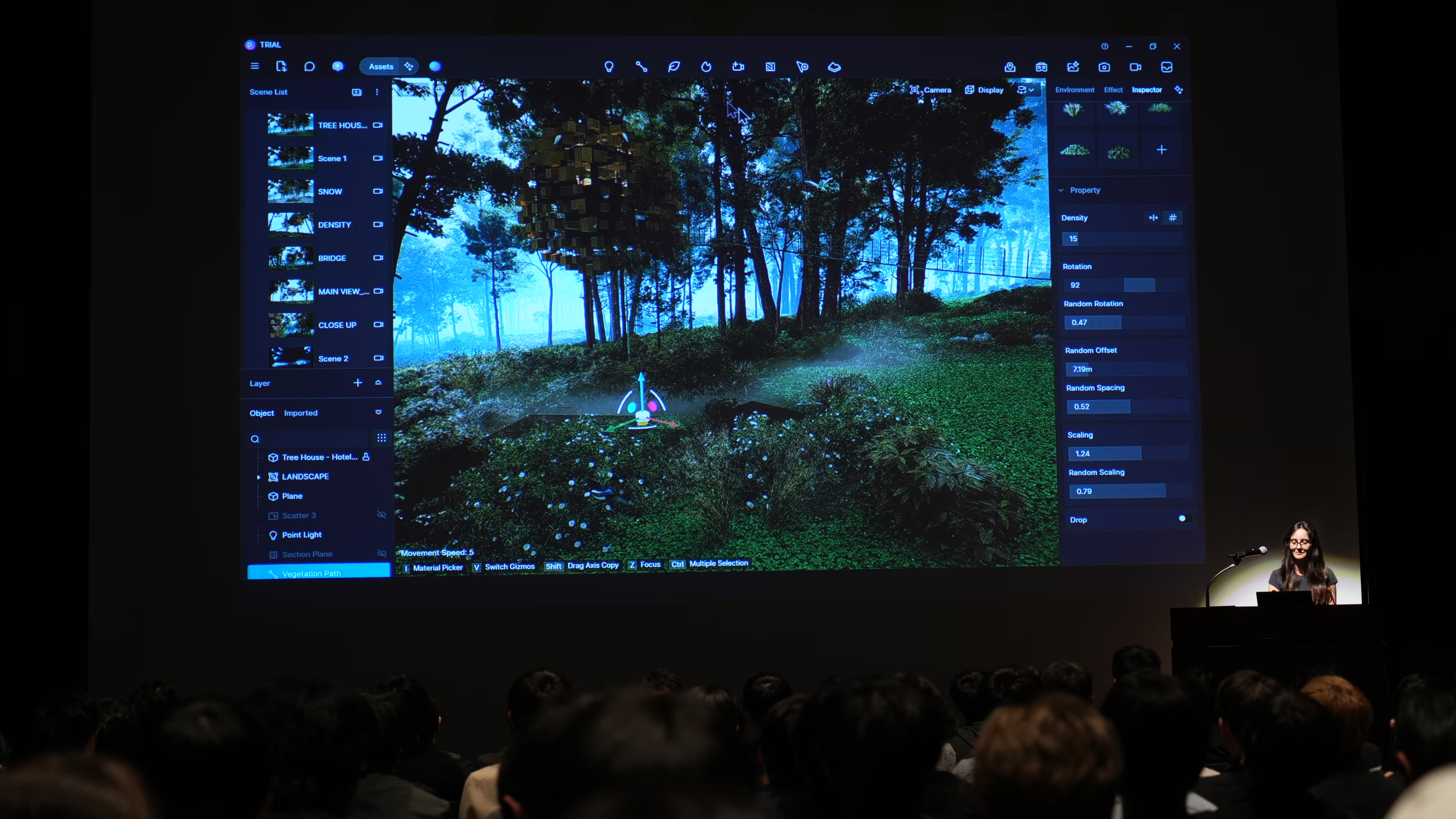
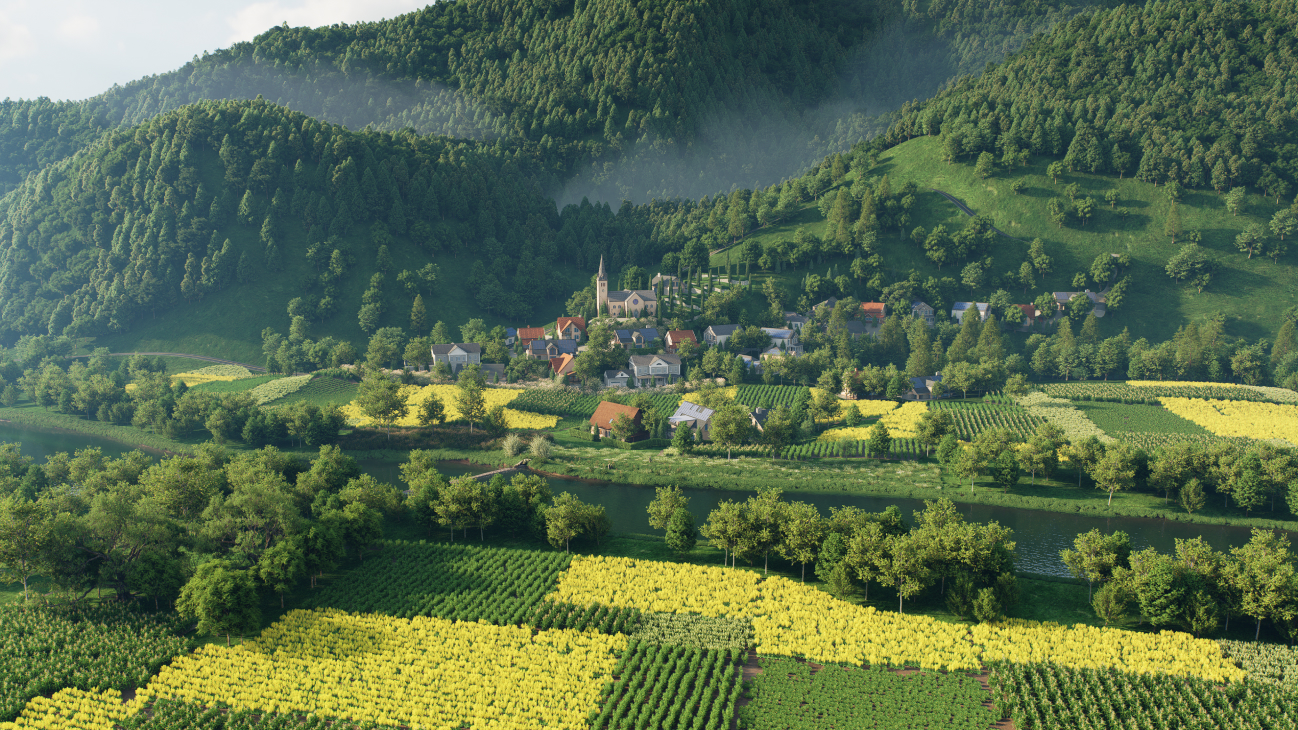
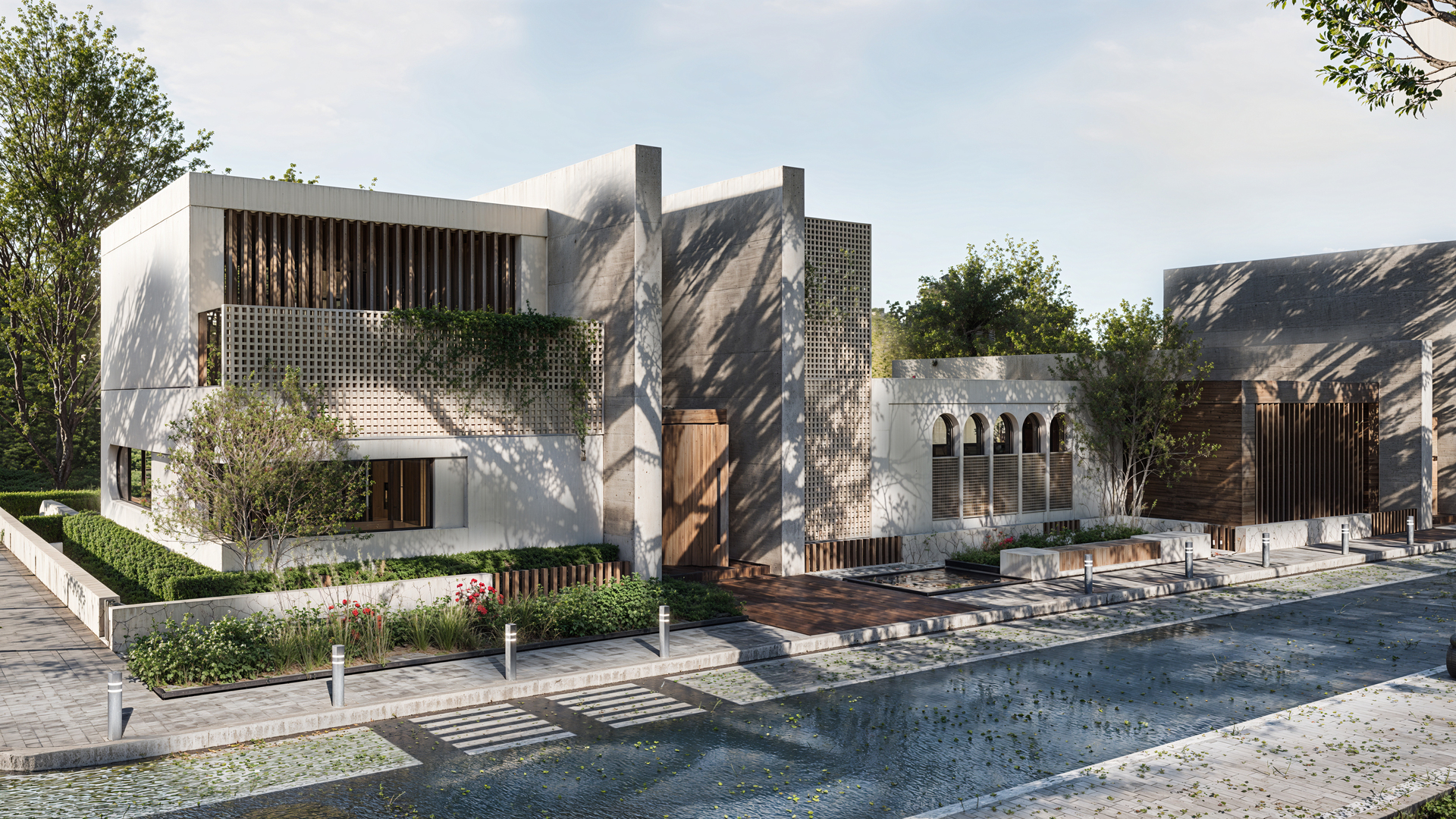
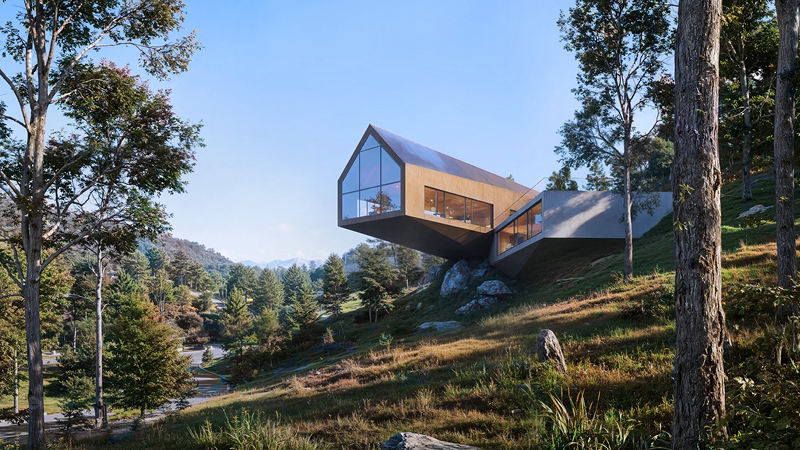
%20(1).png)
.png)
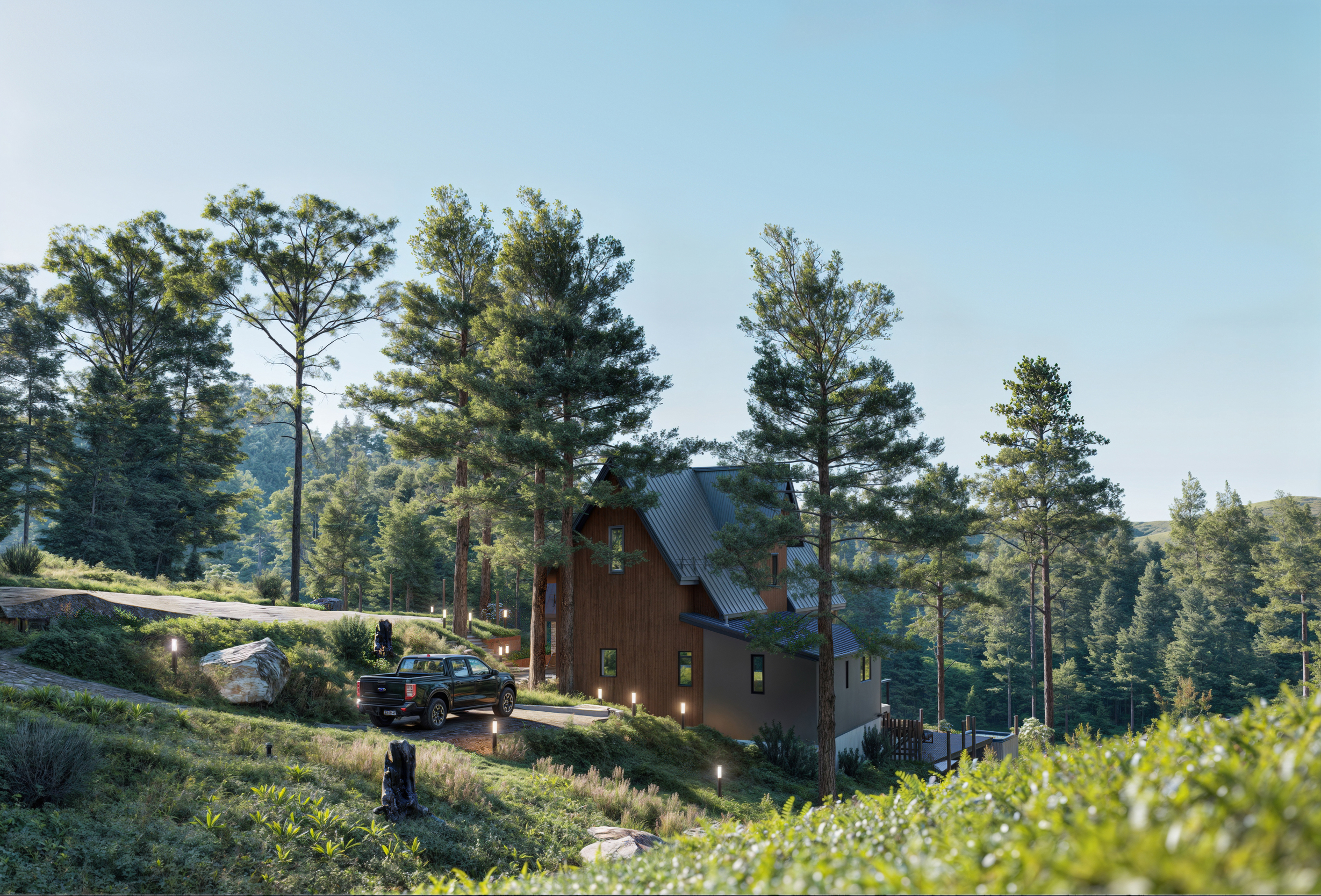
.png)

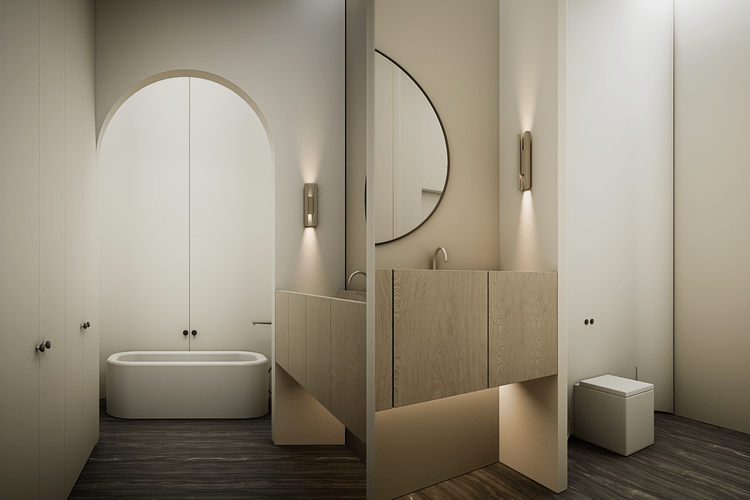
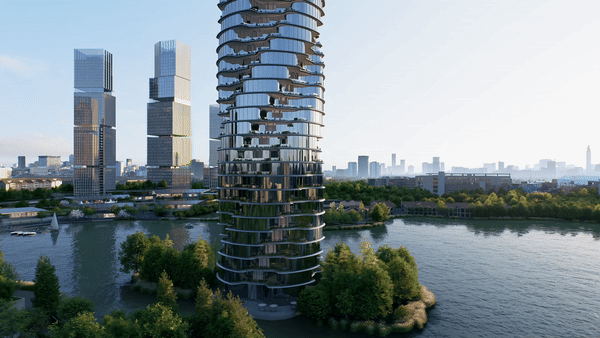
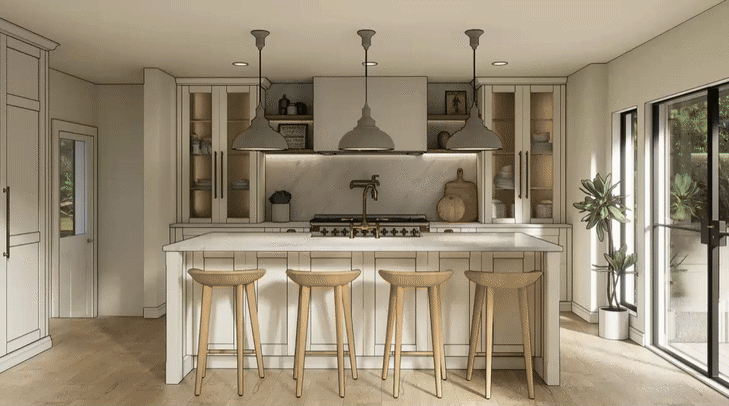
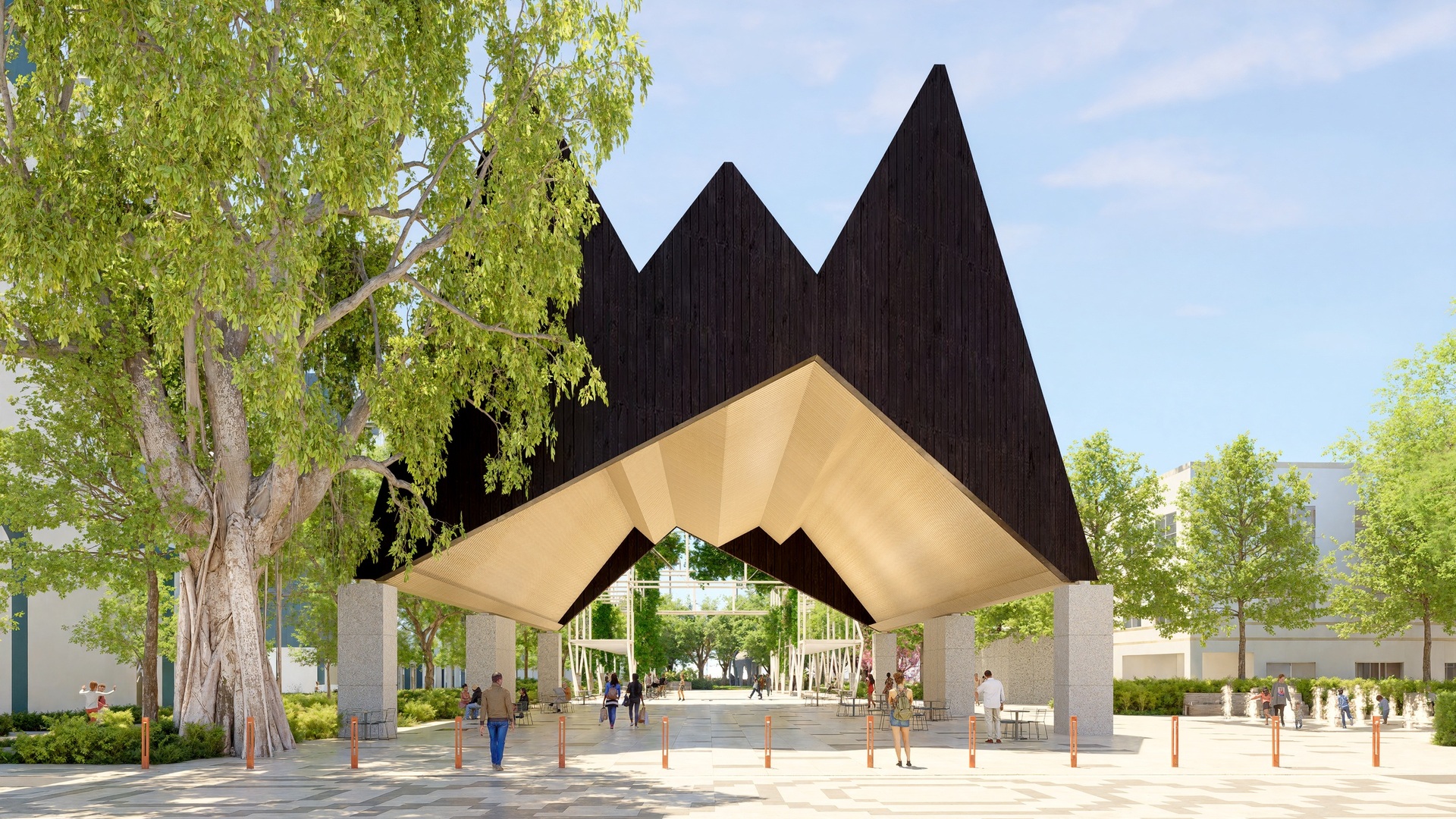

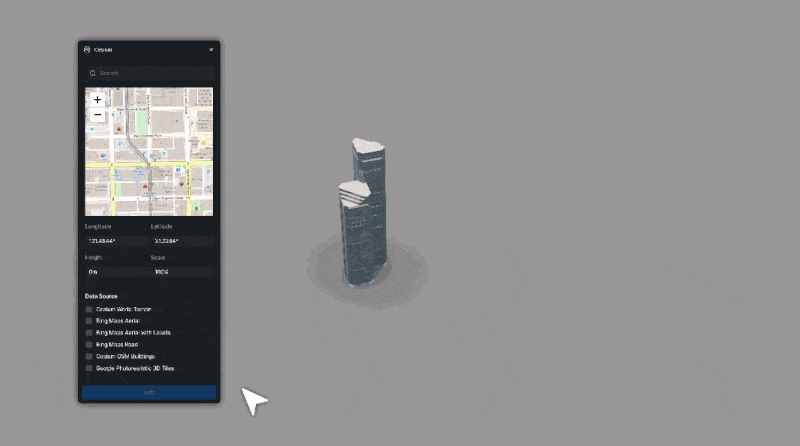
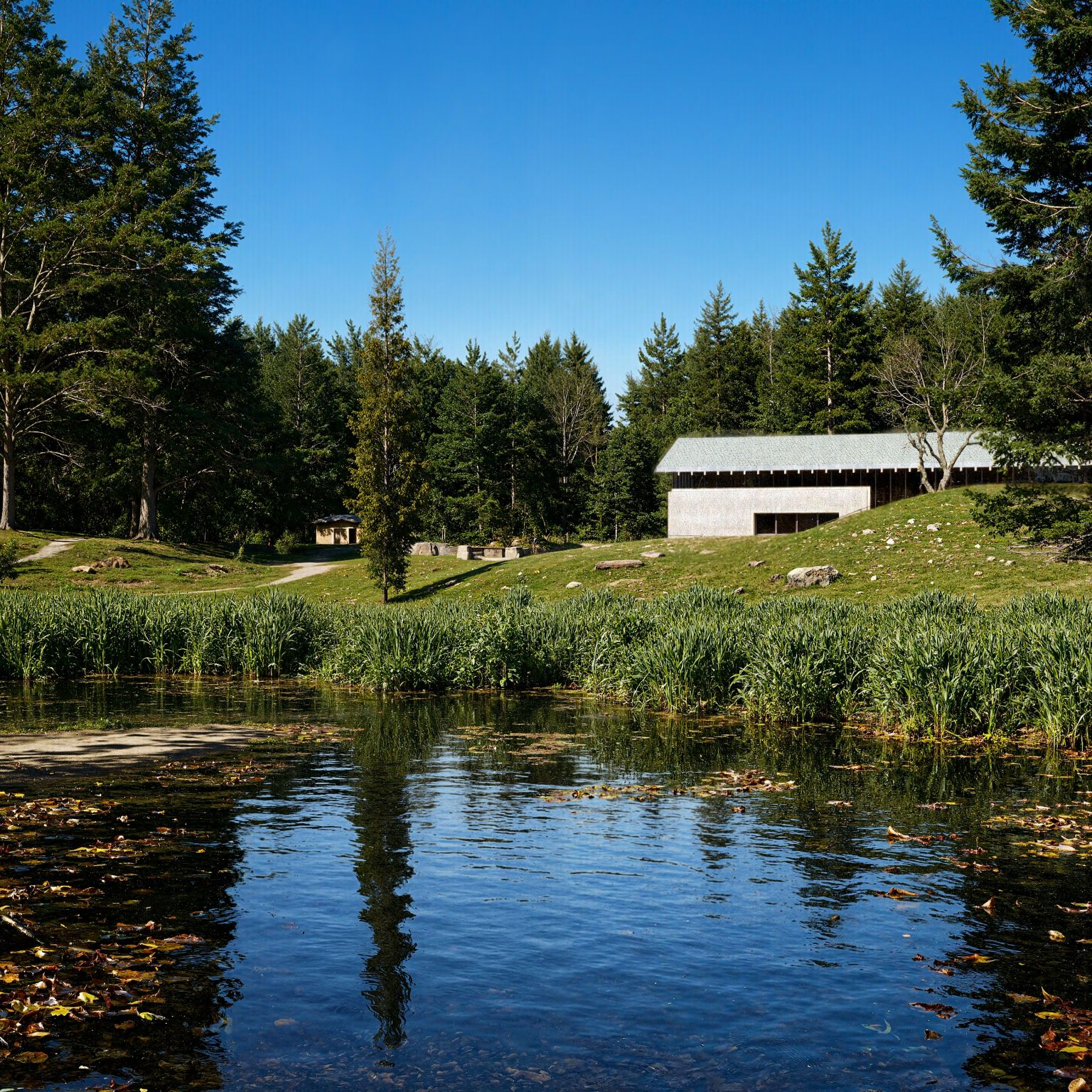


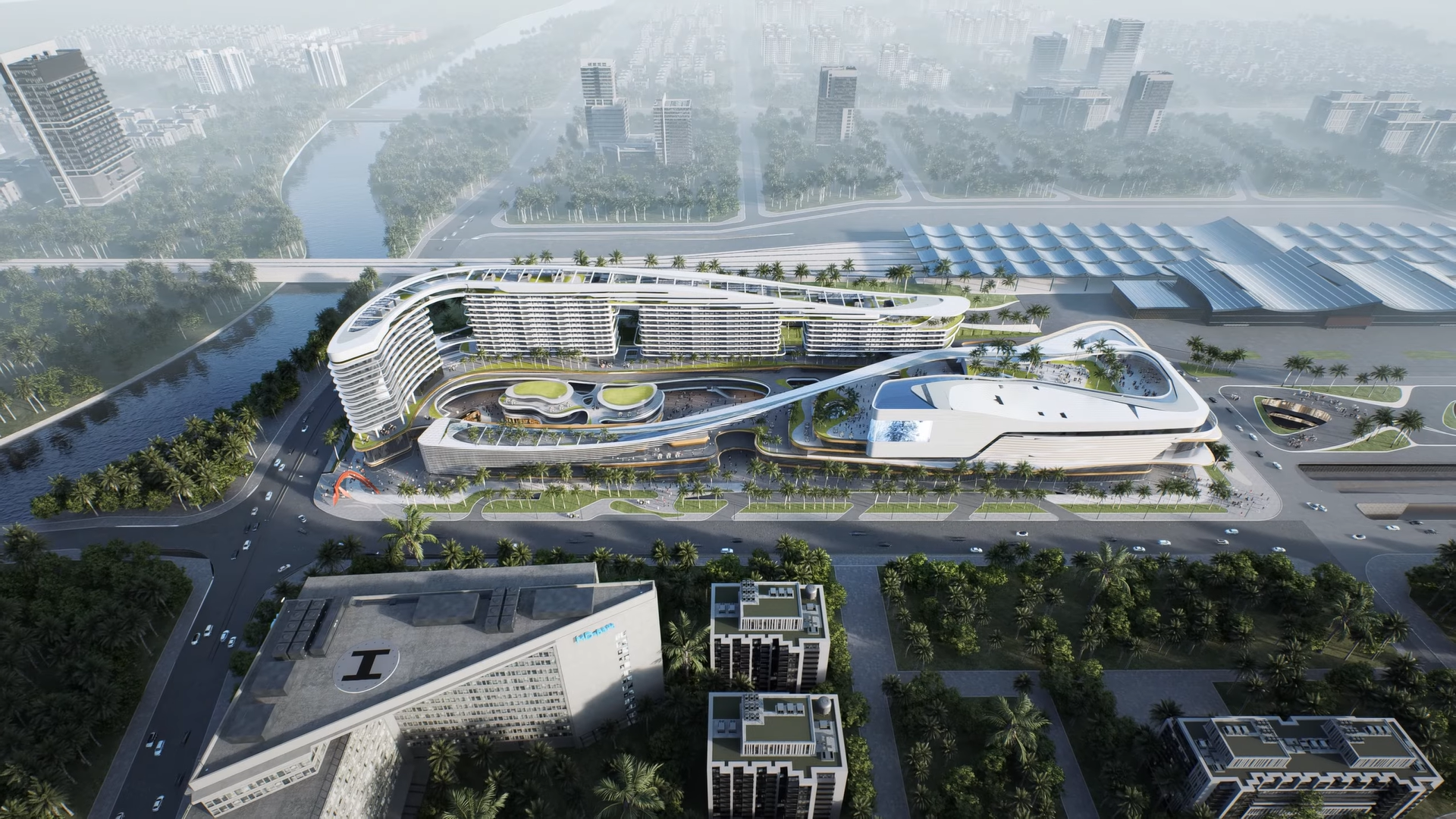
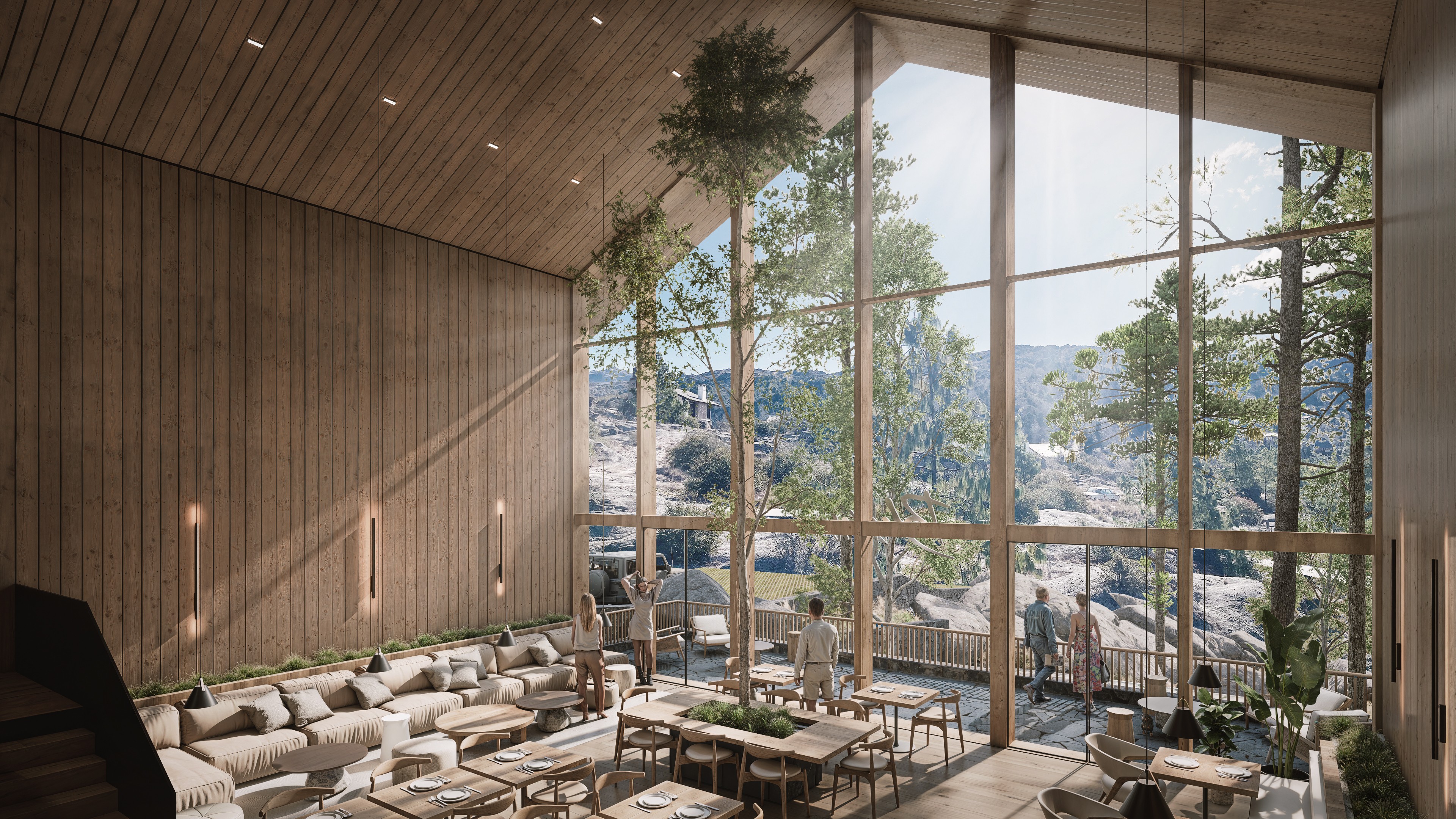

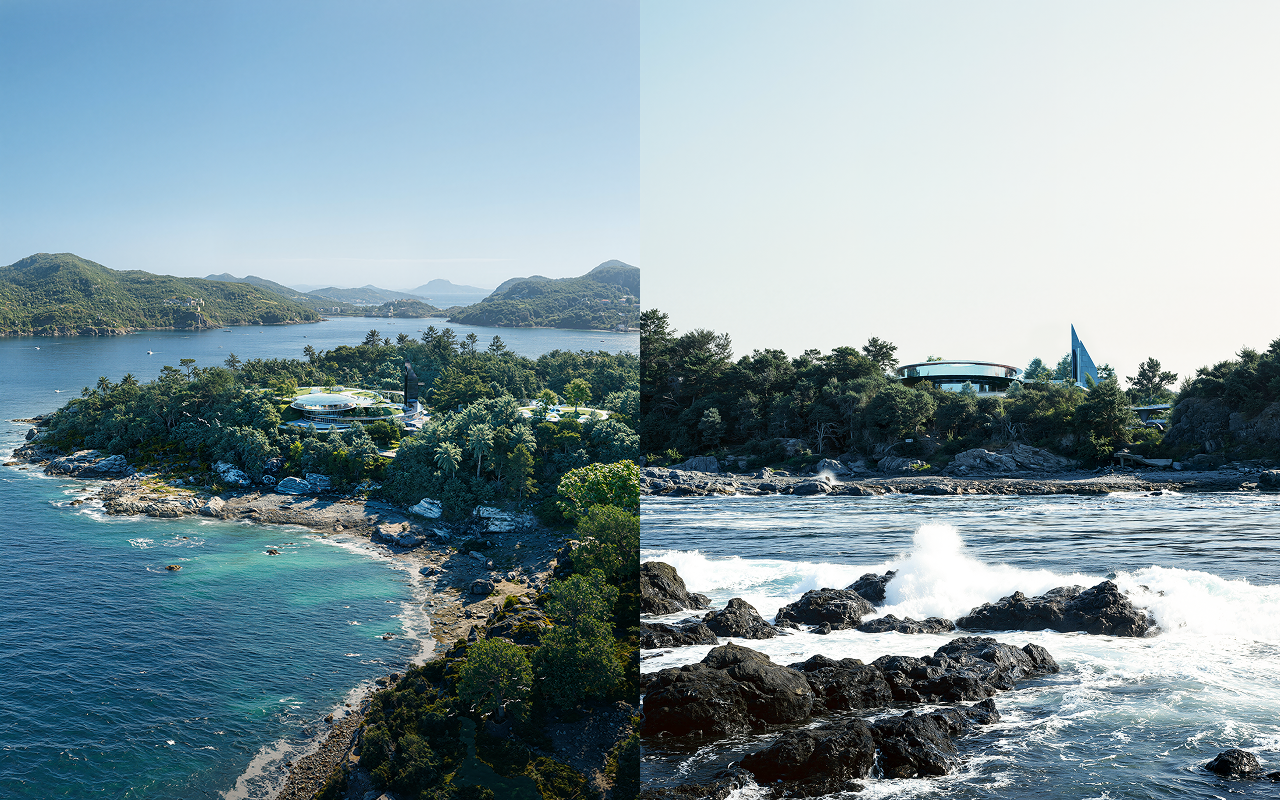
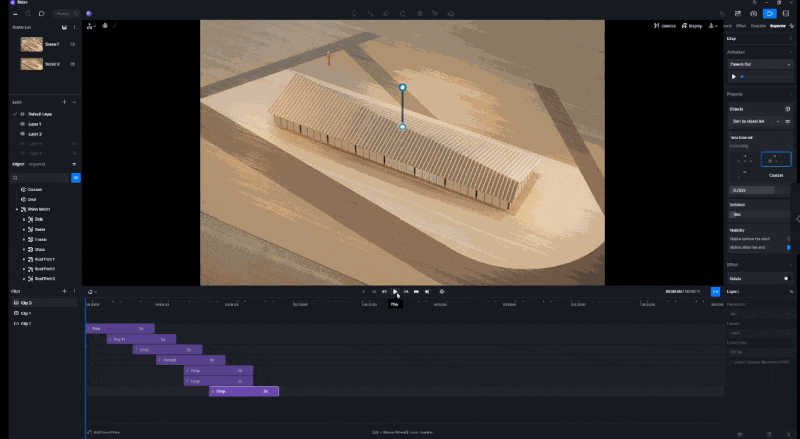
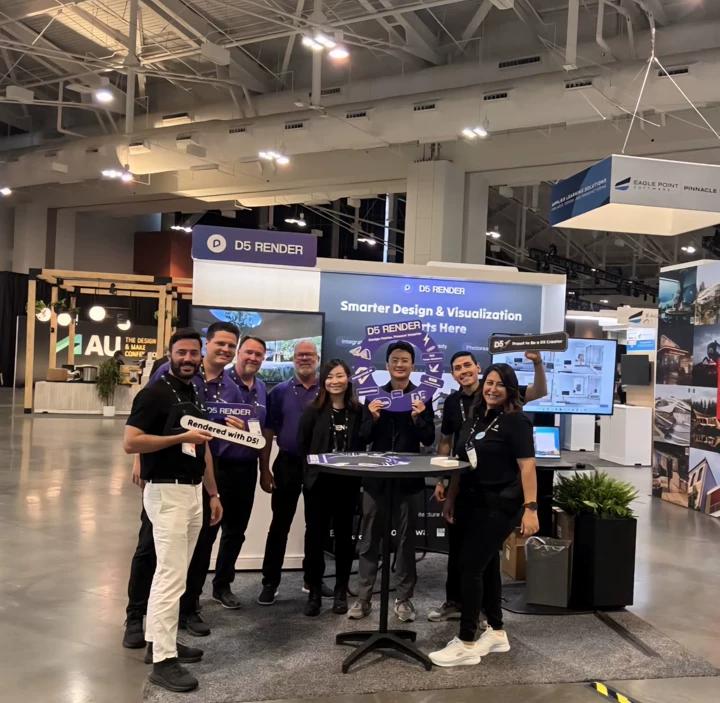

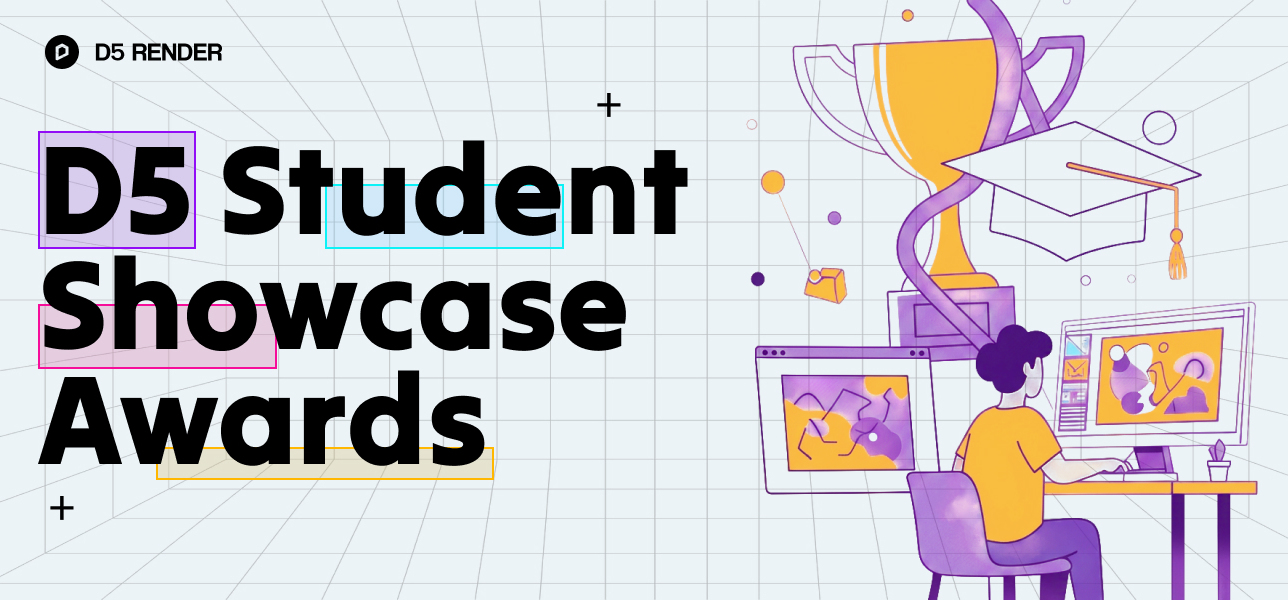

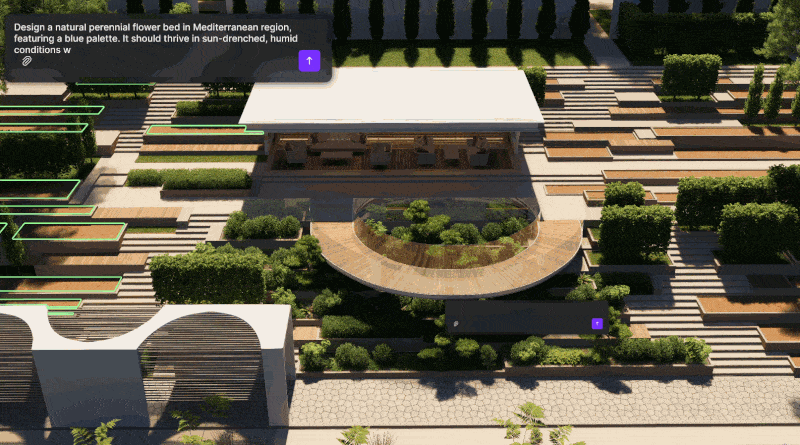
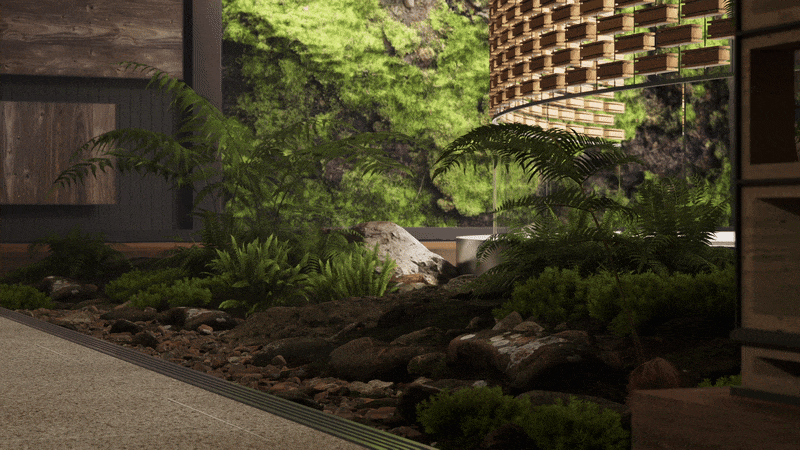

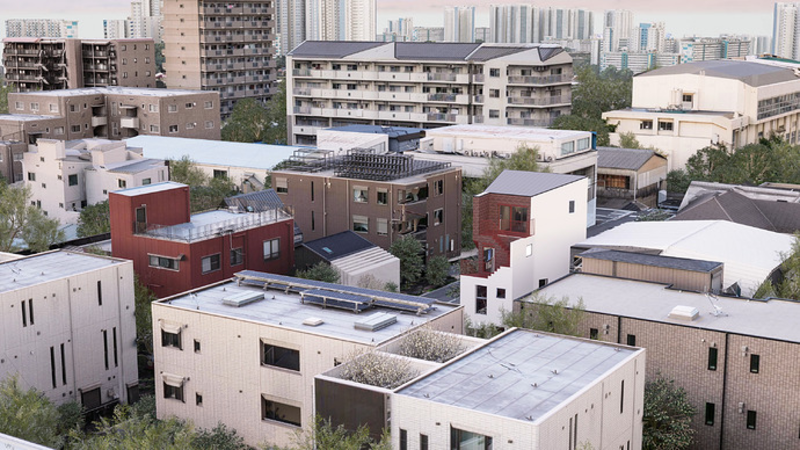
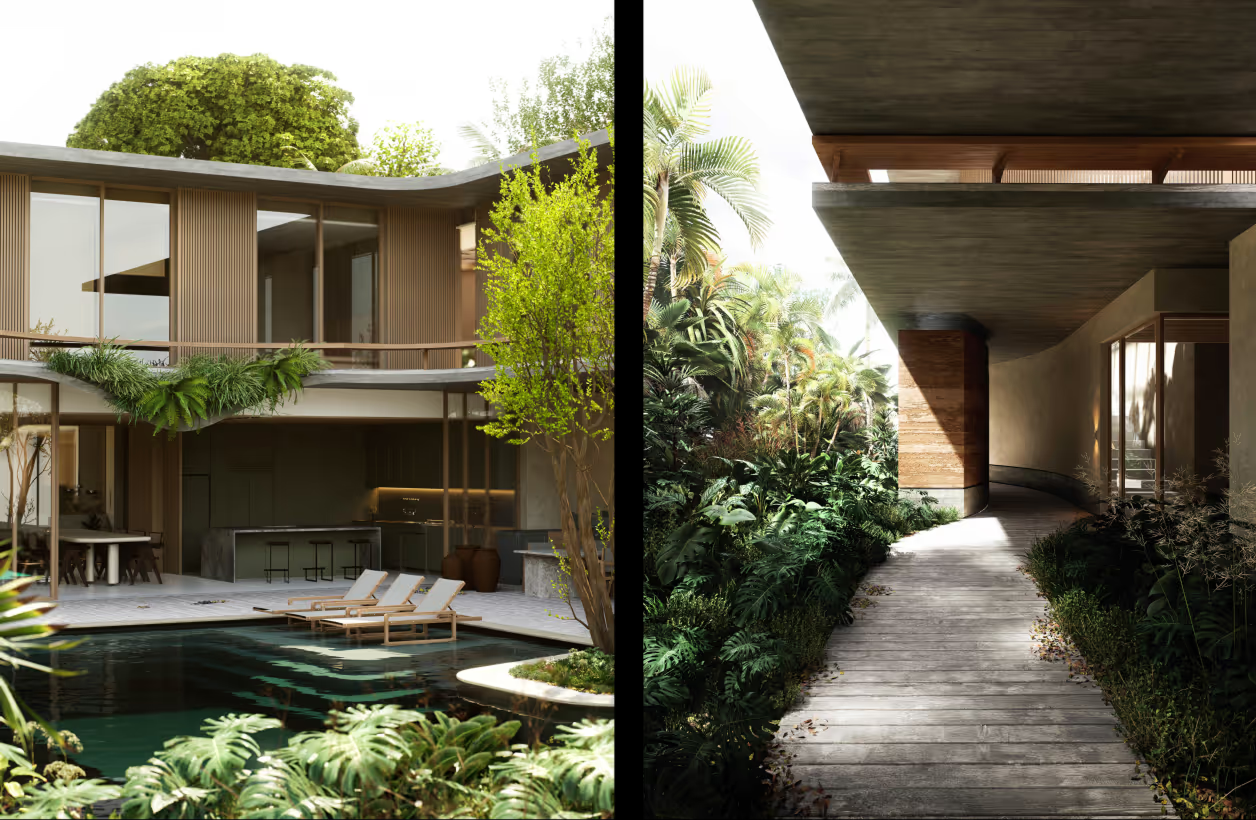
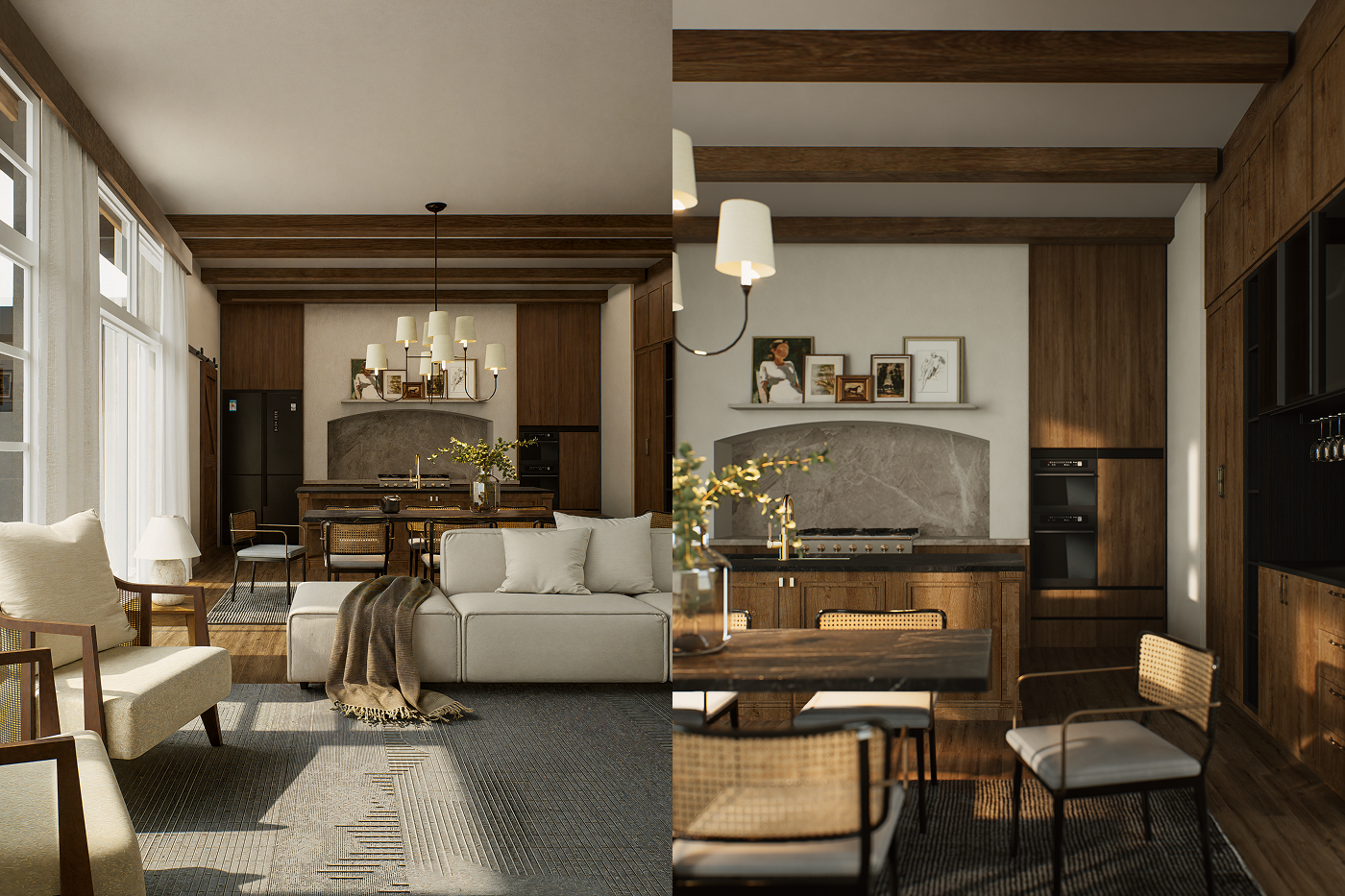
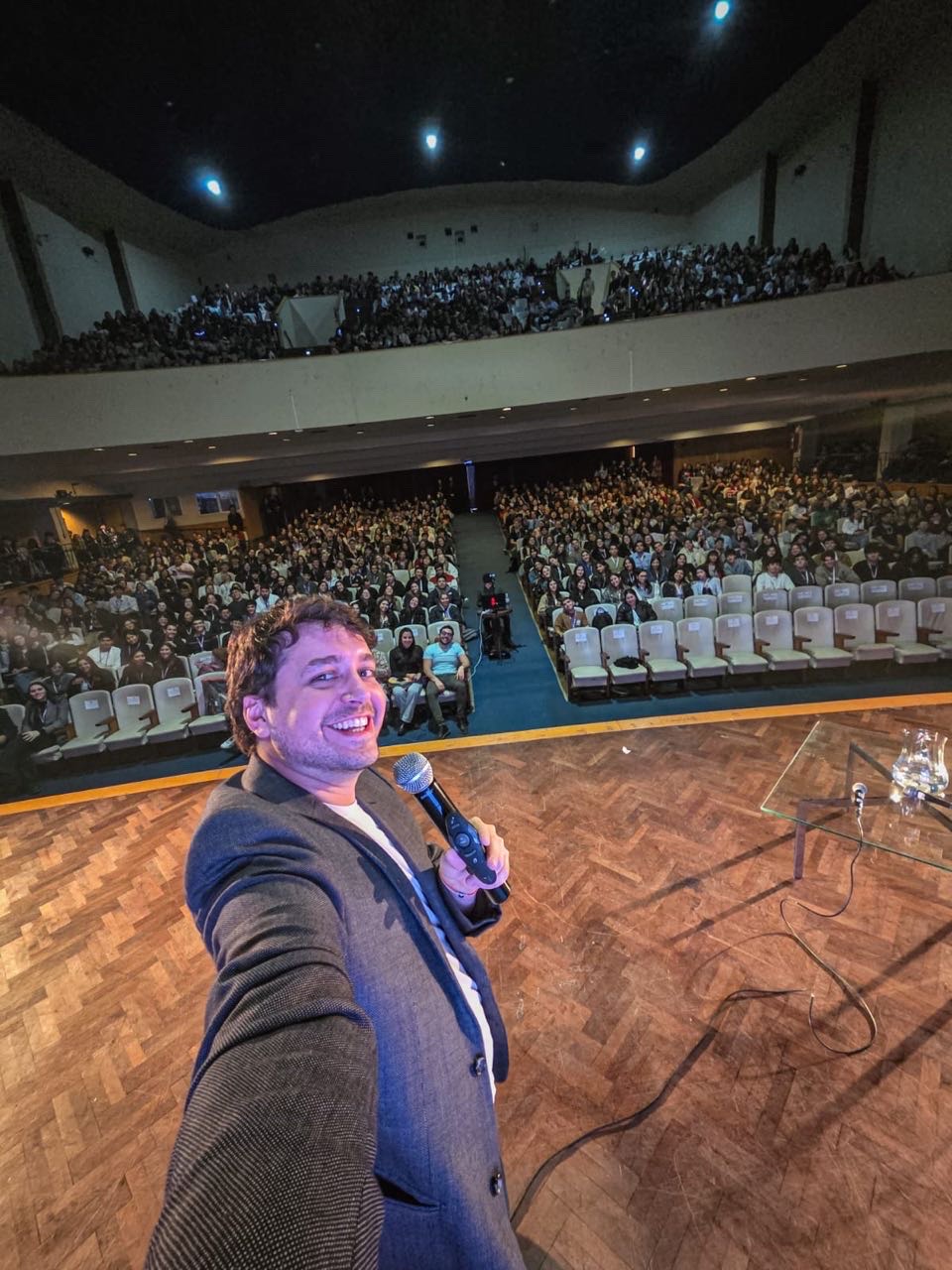
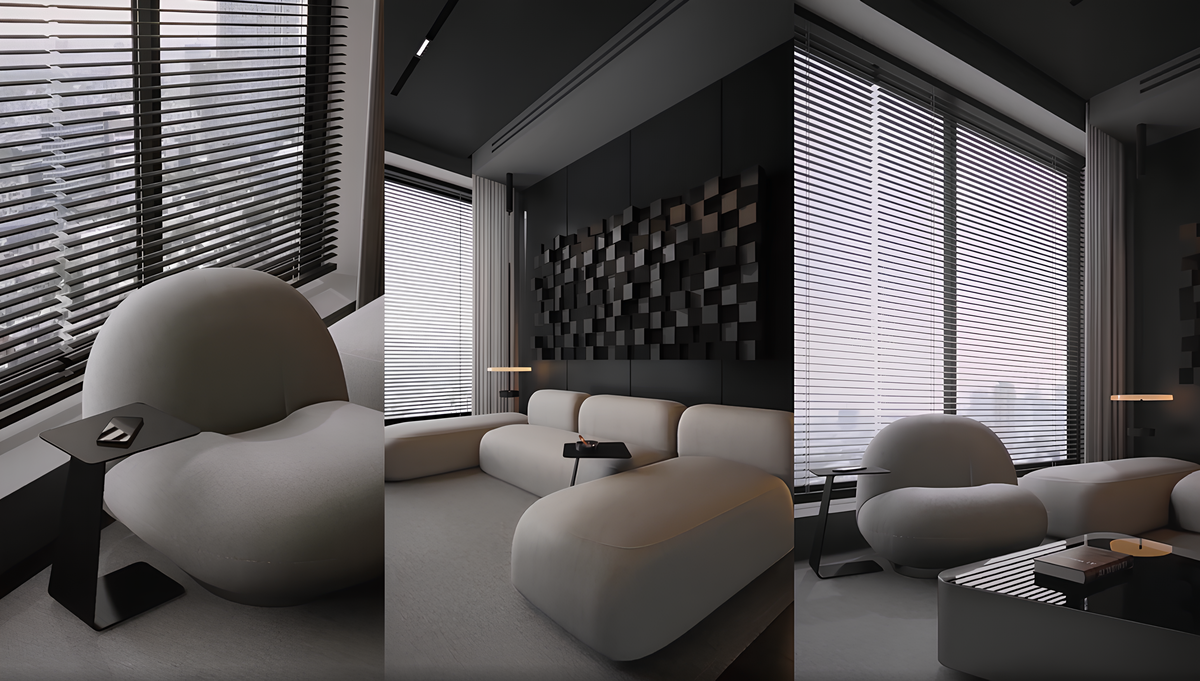
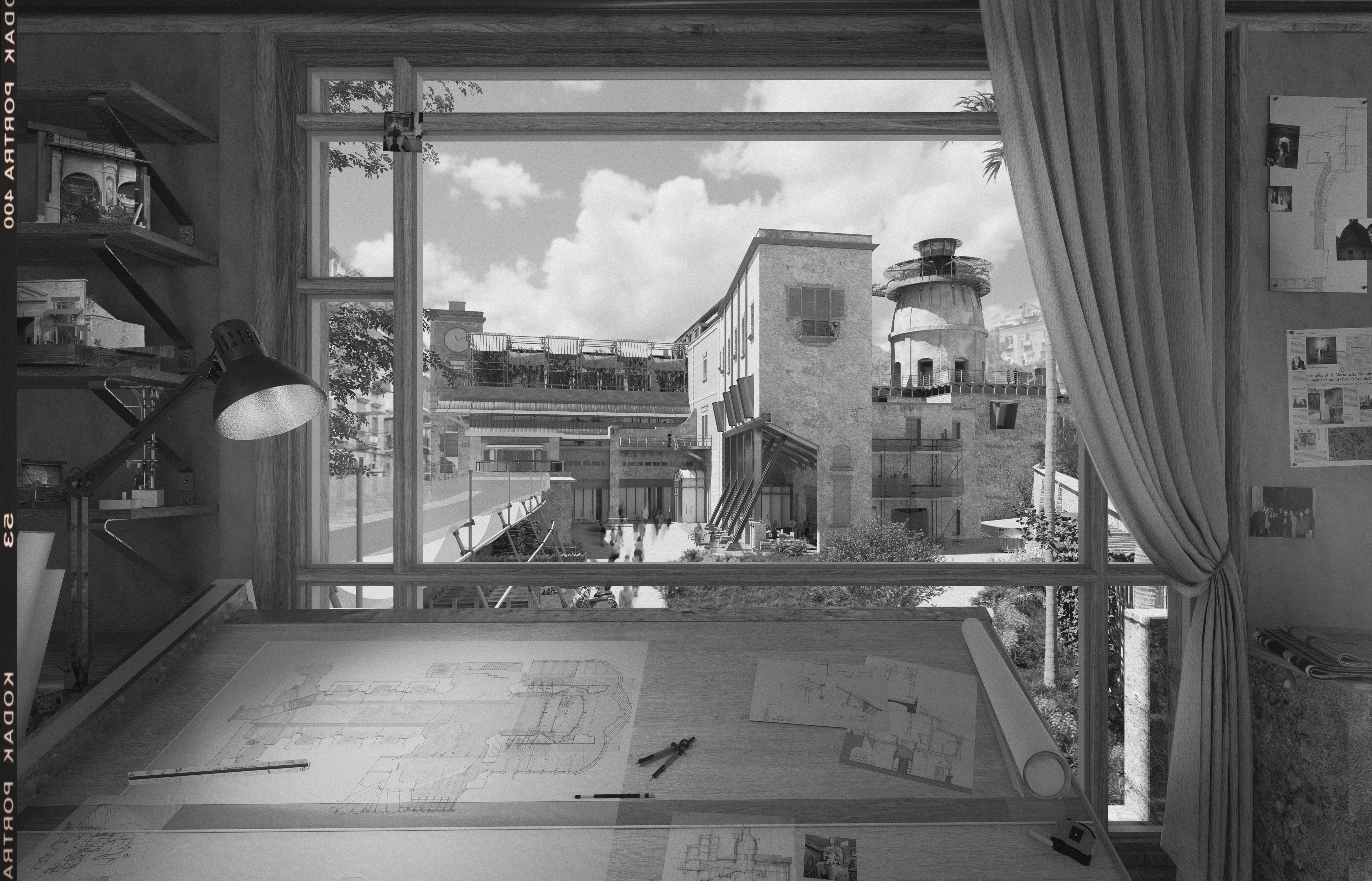

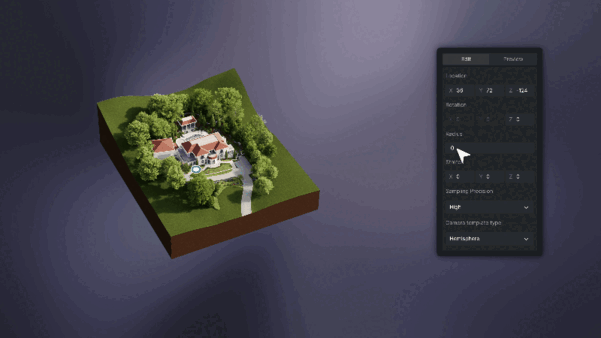
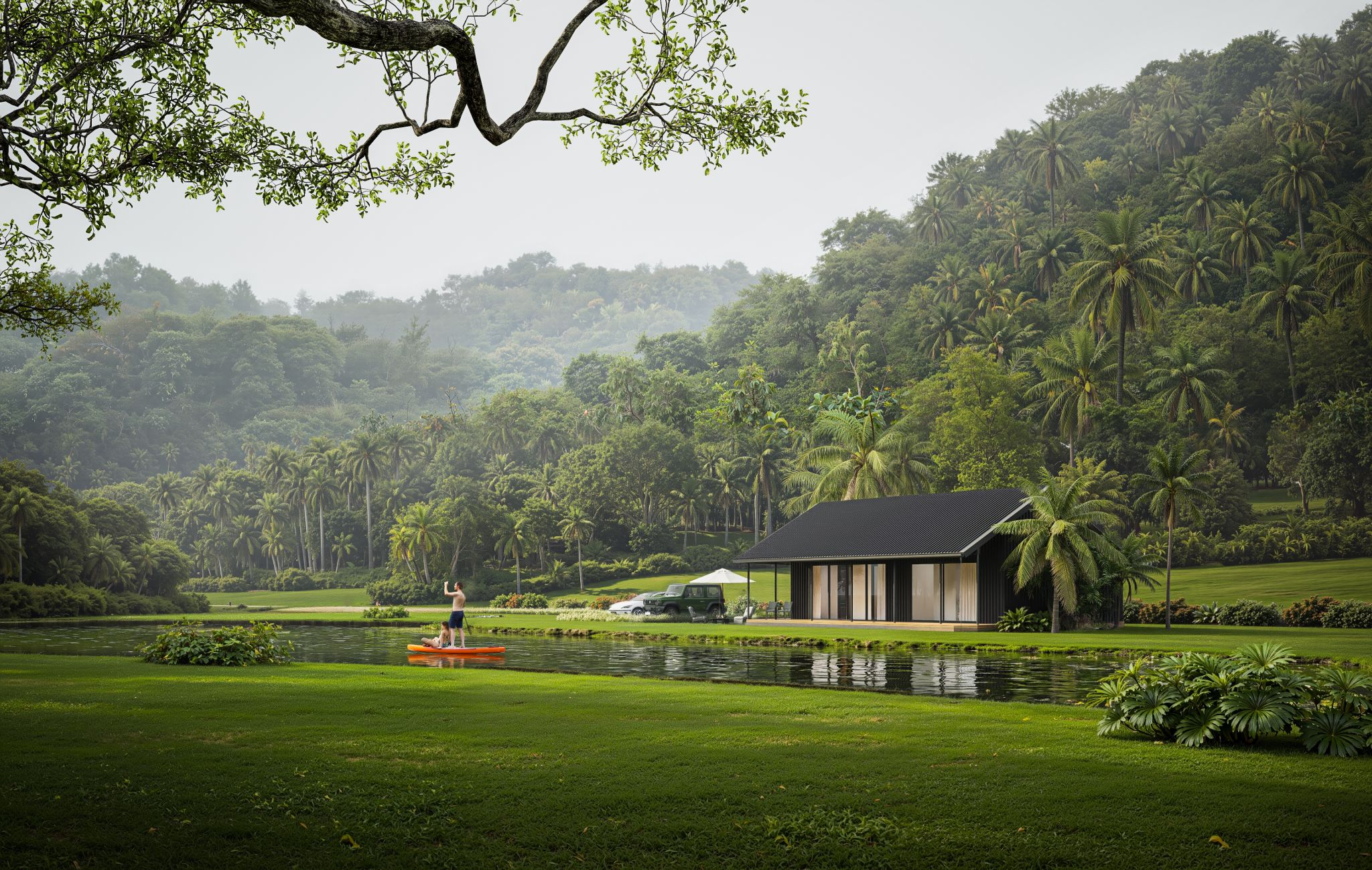
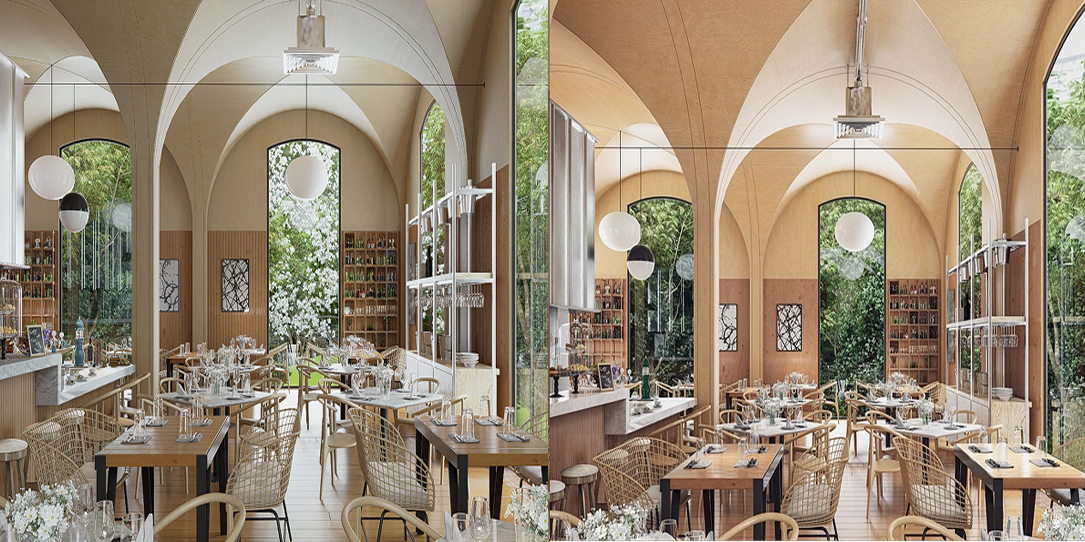
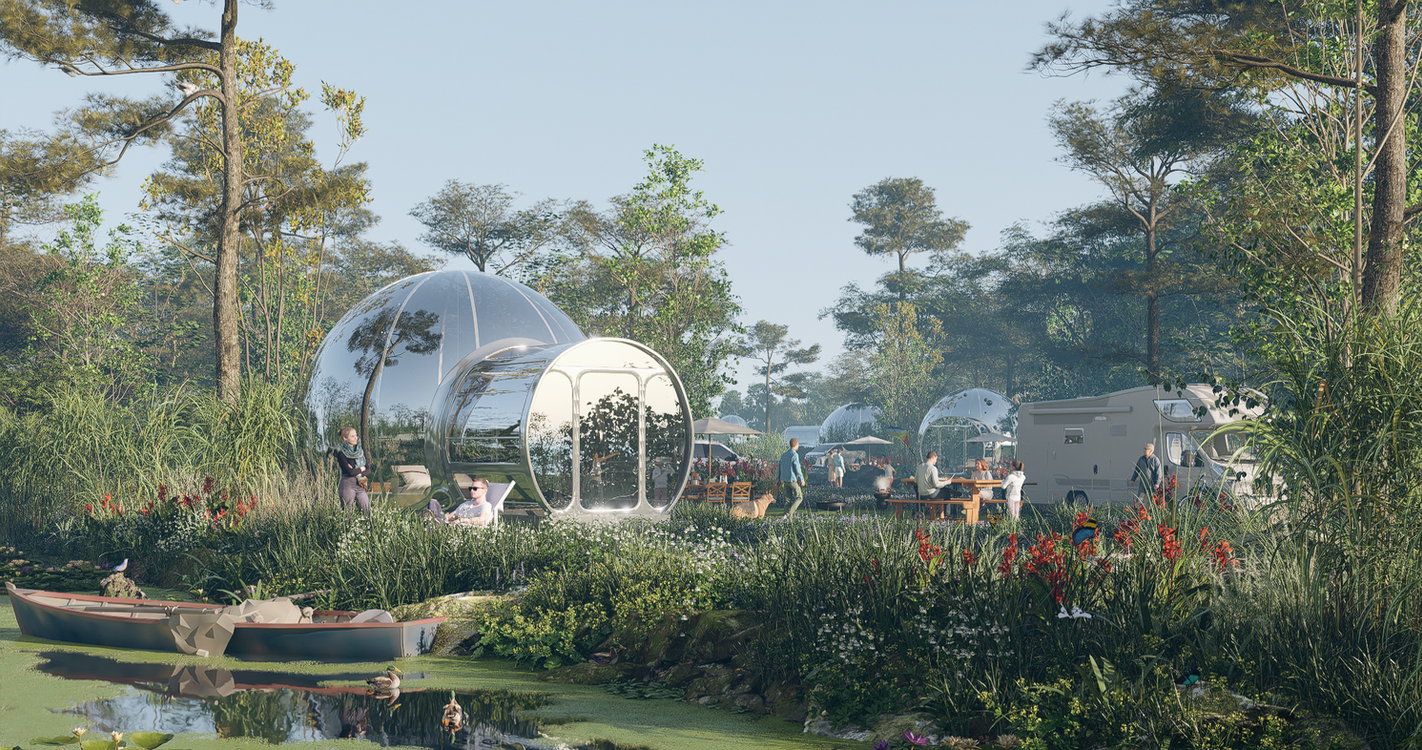
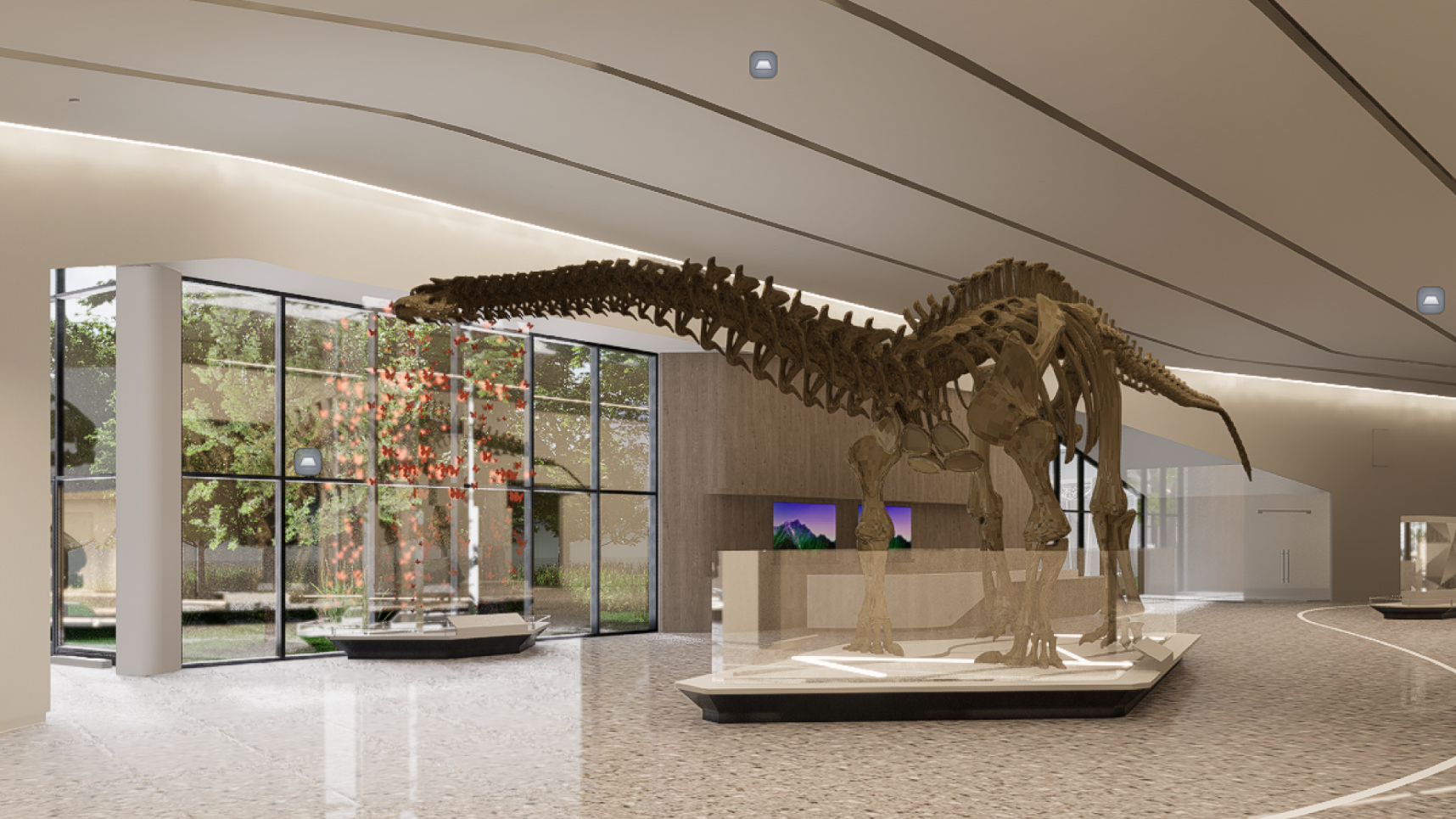
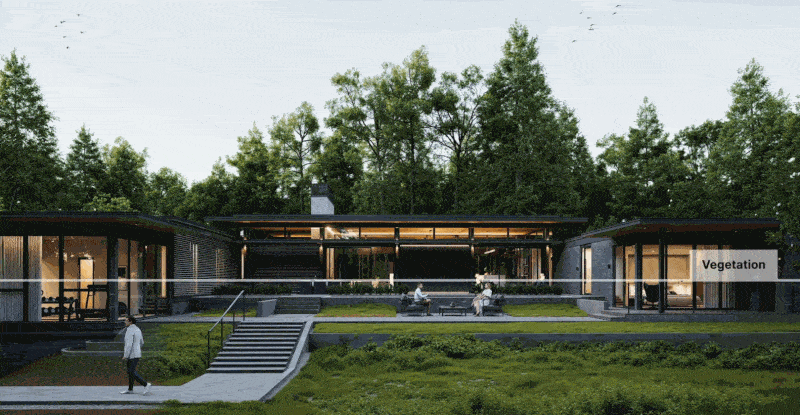
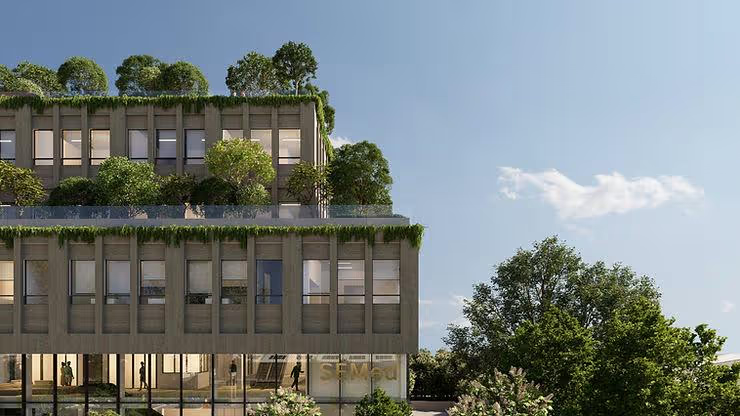
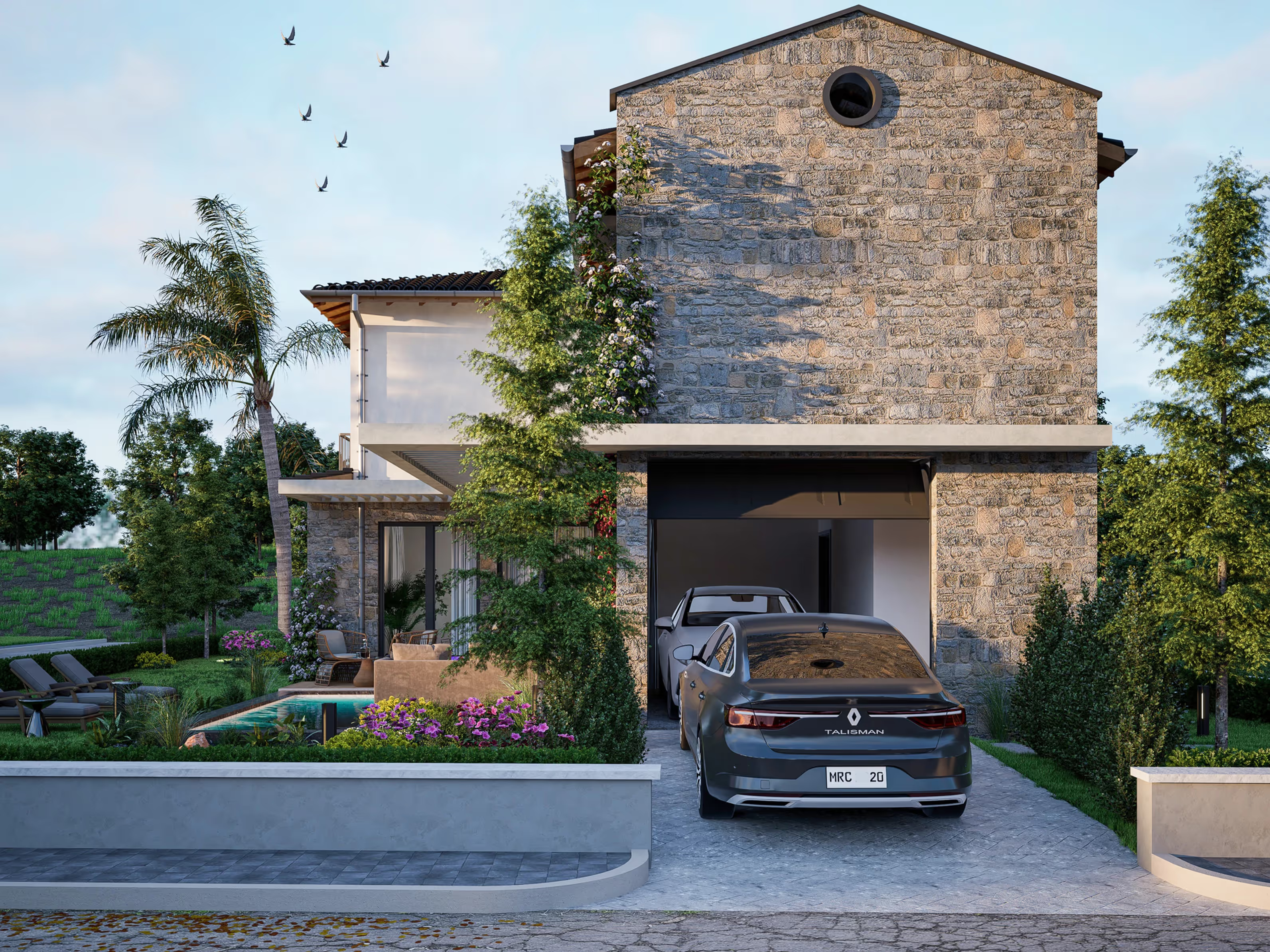
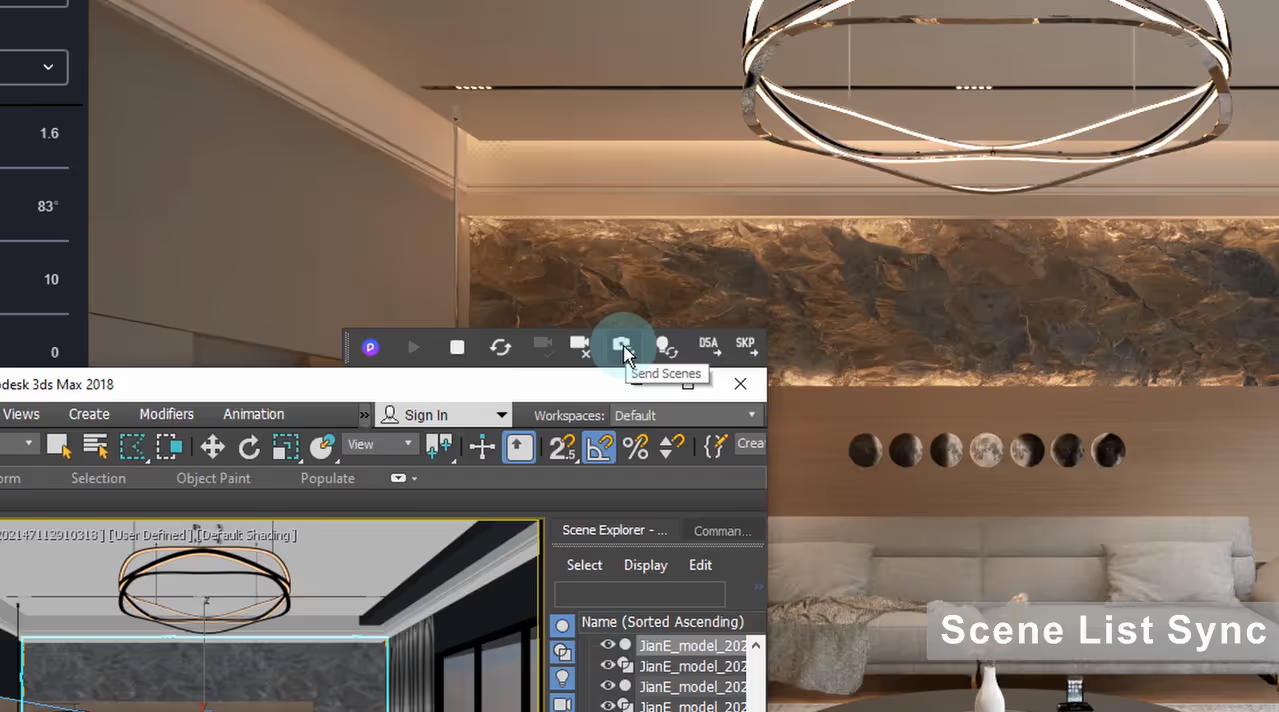


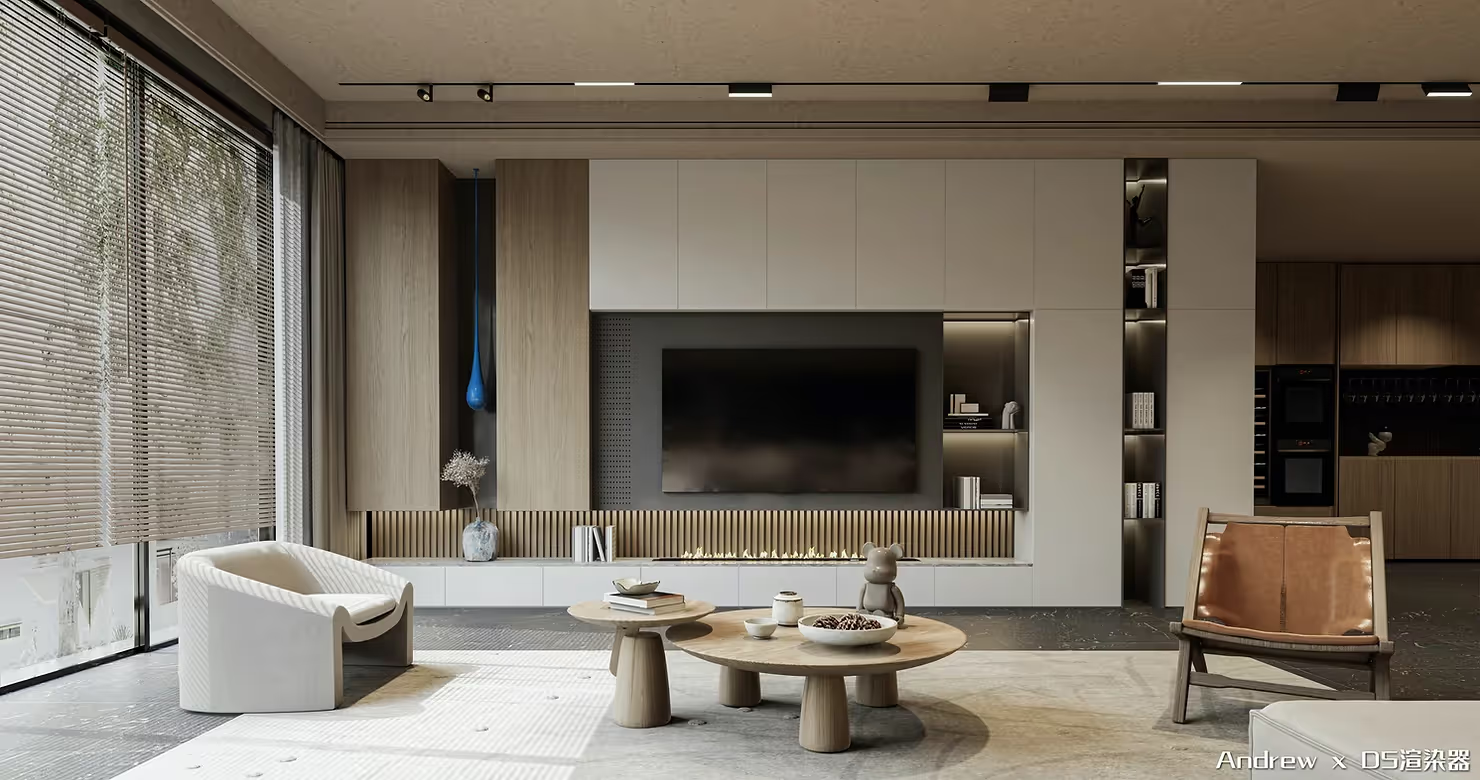
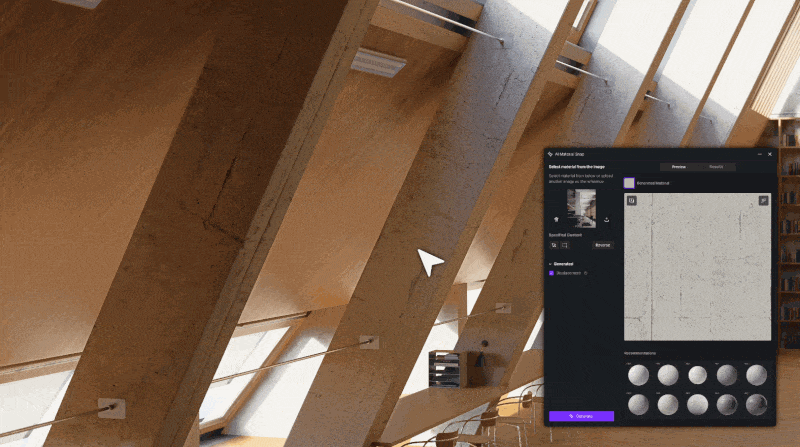
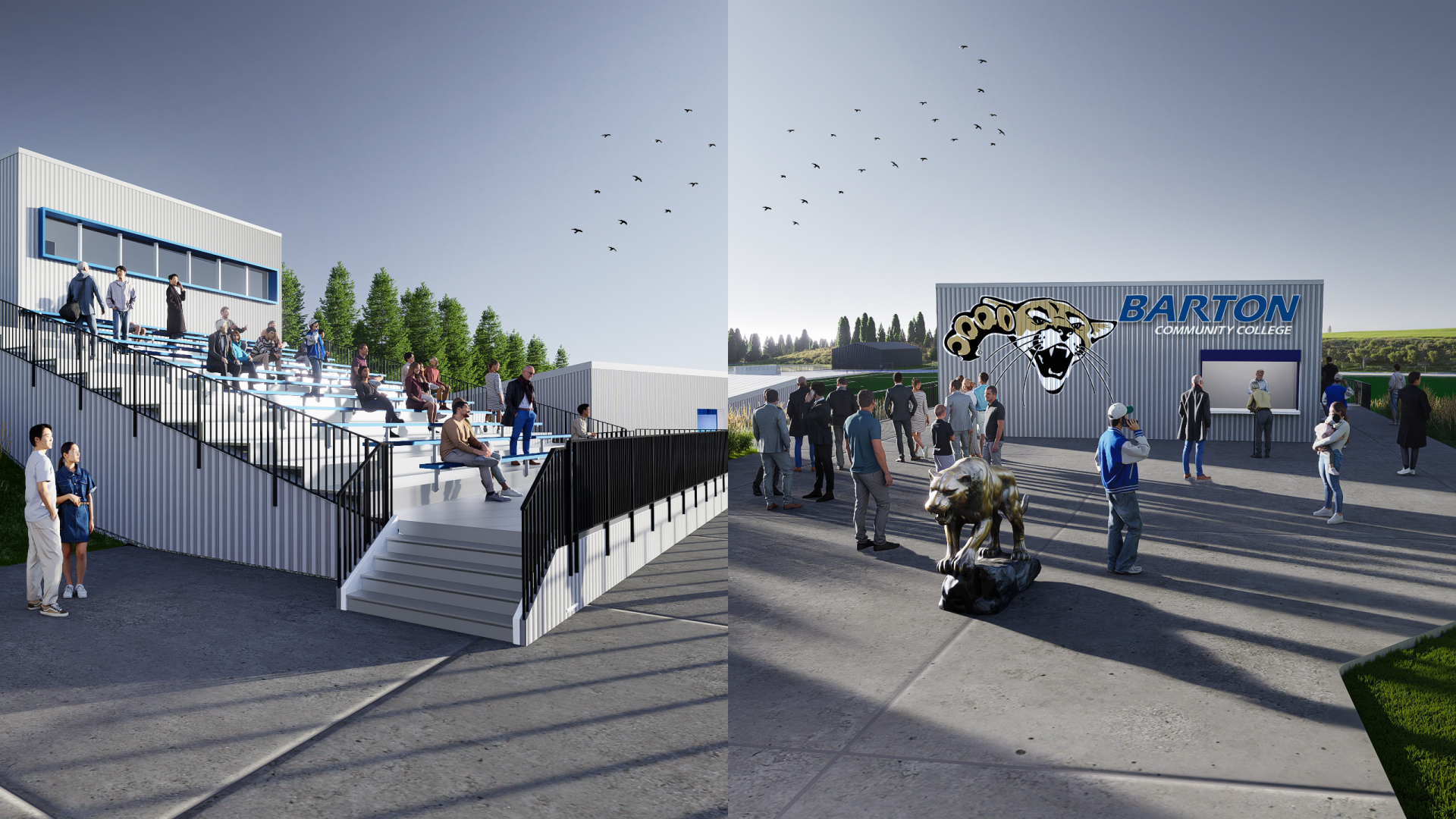
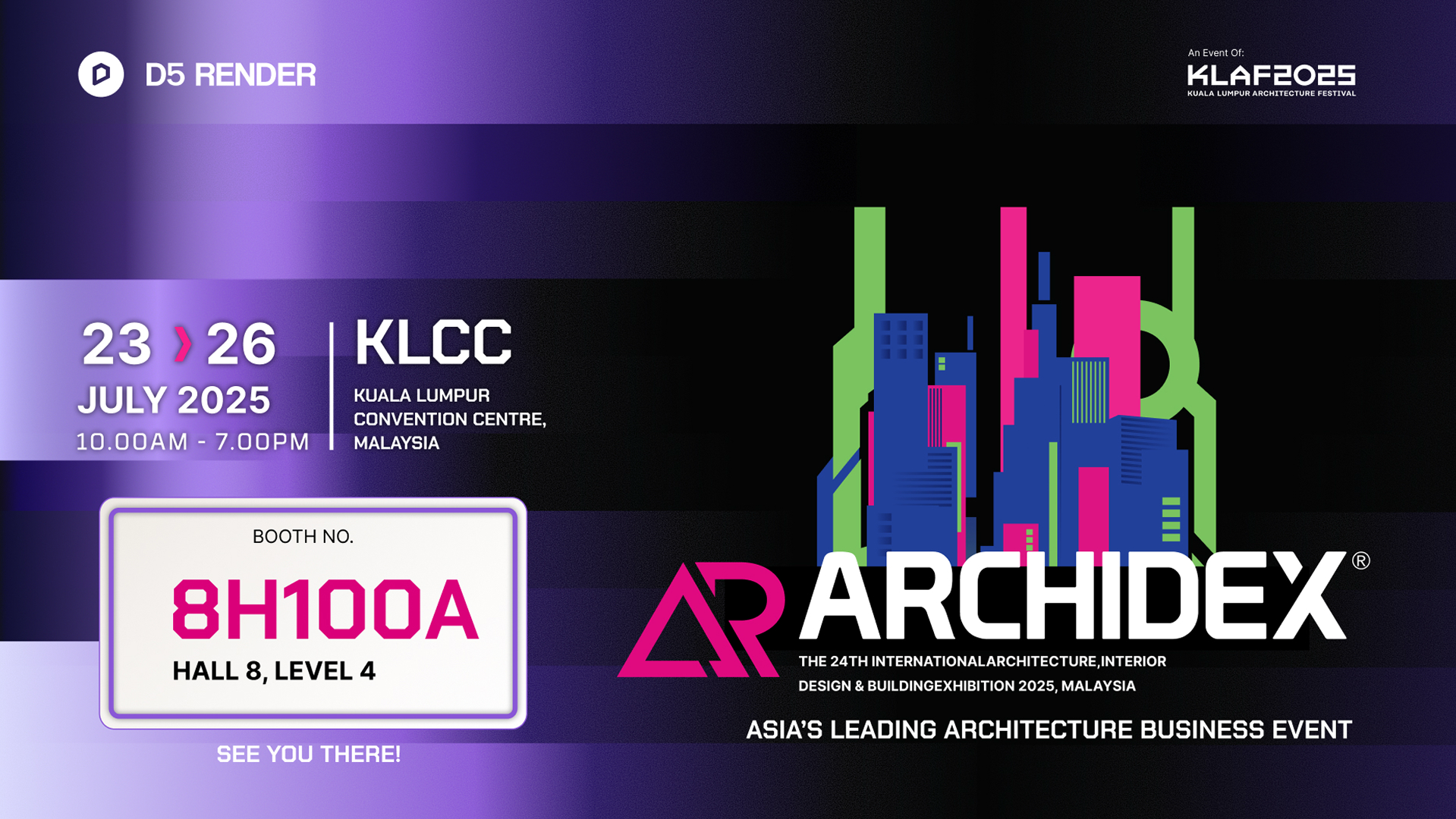
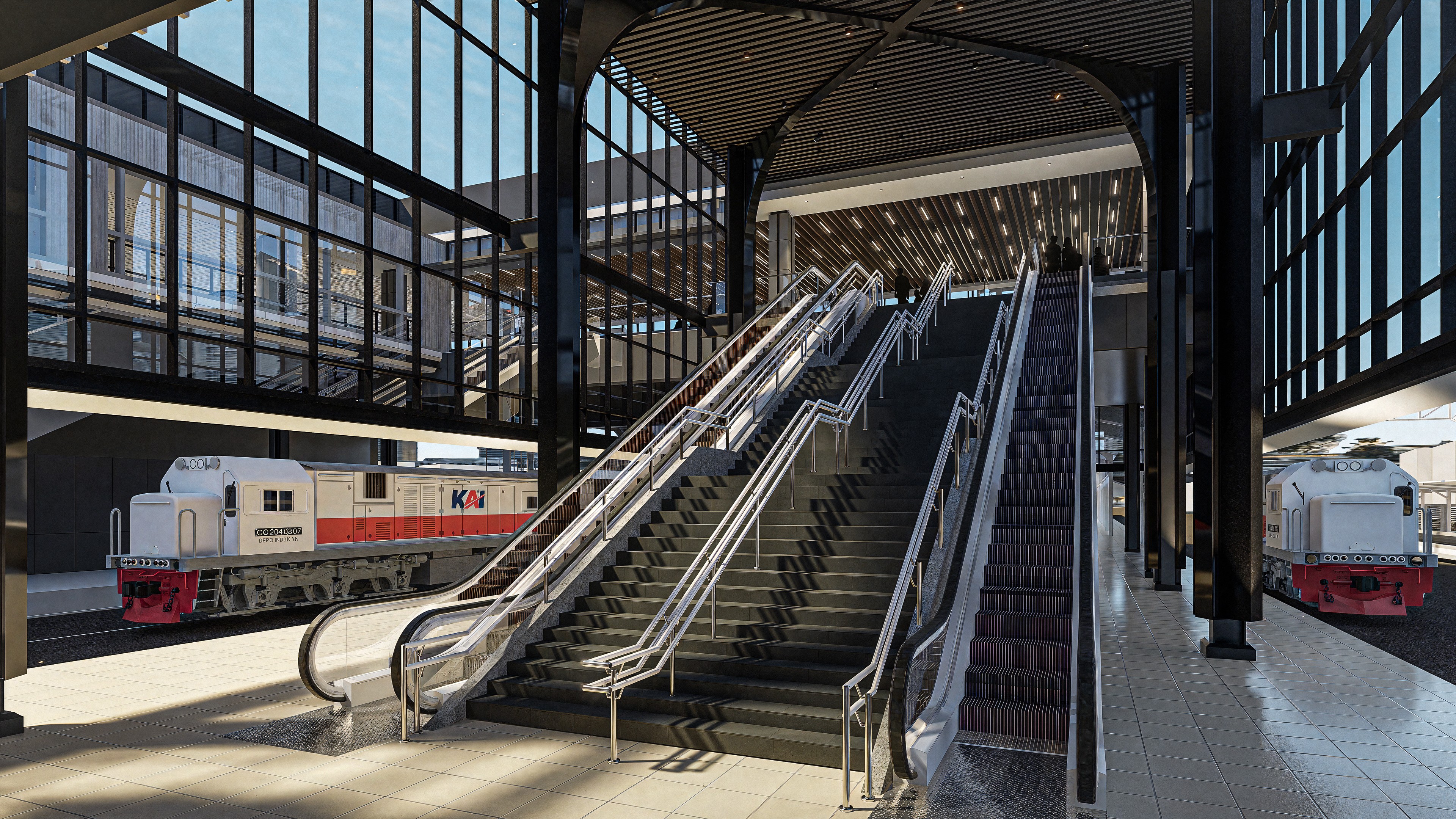
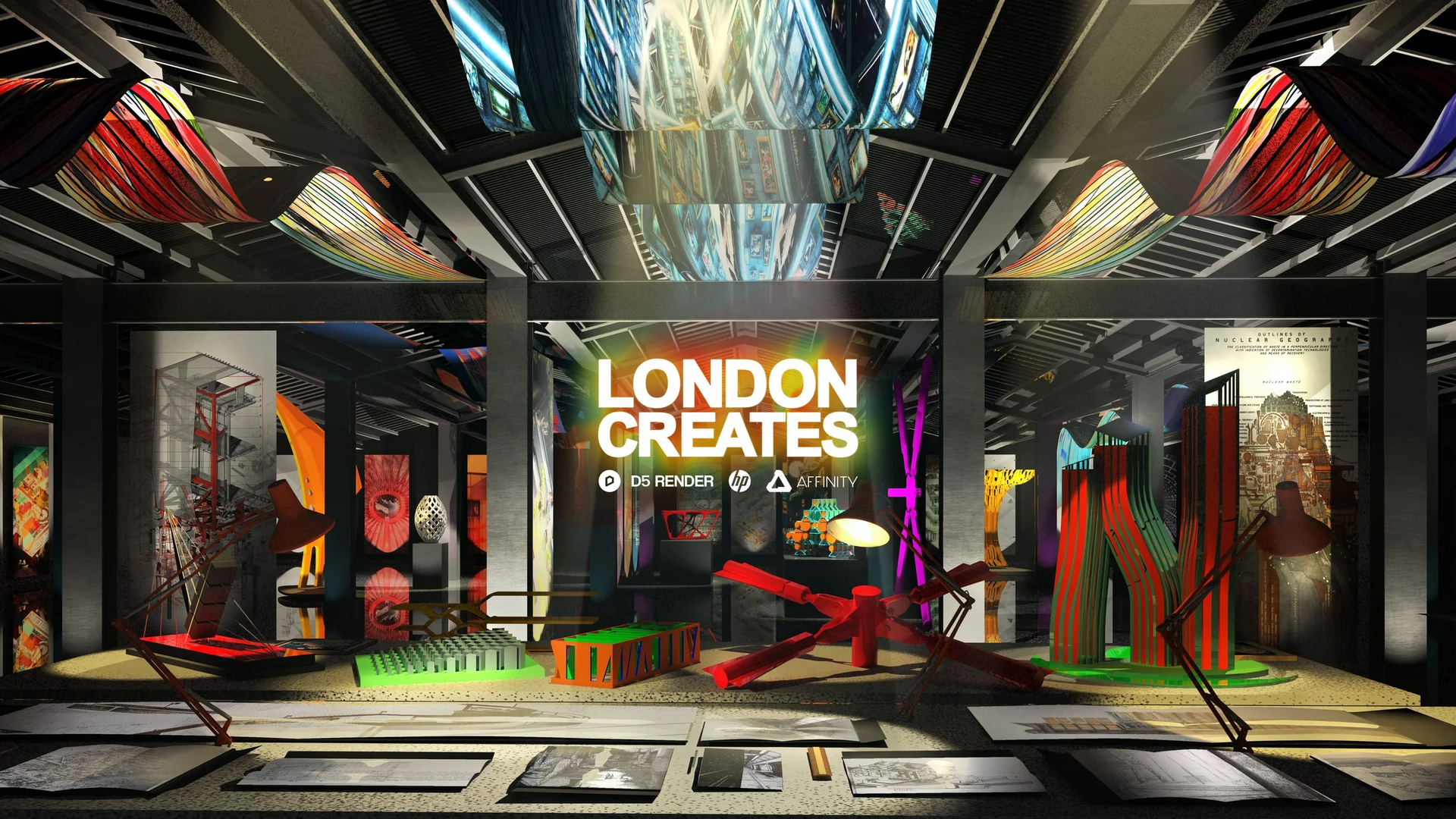
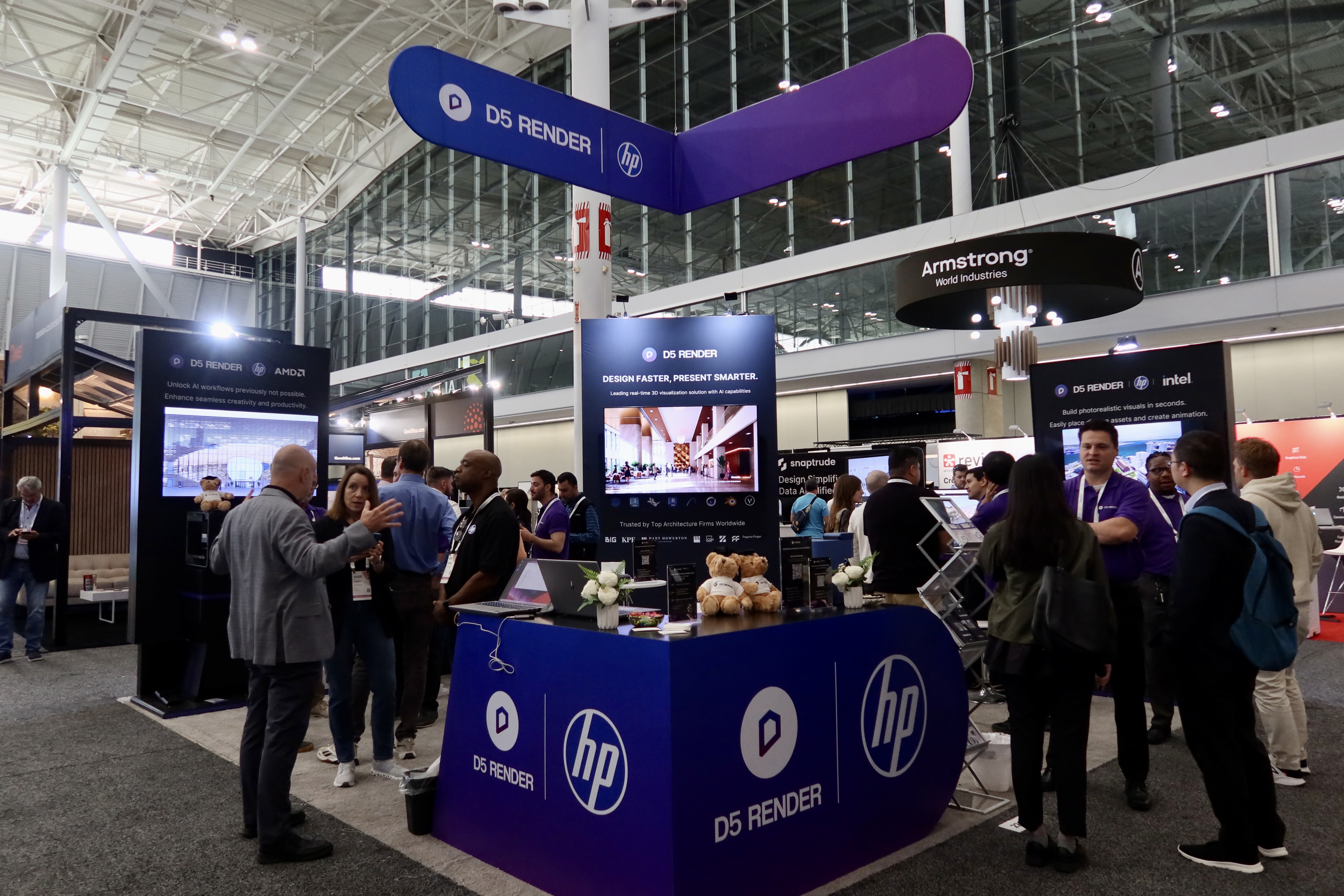
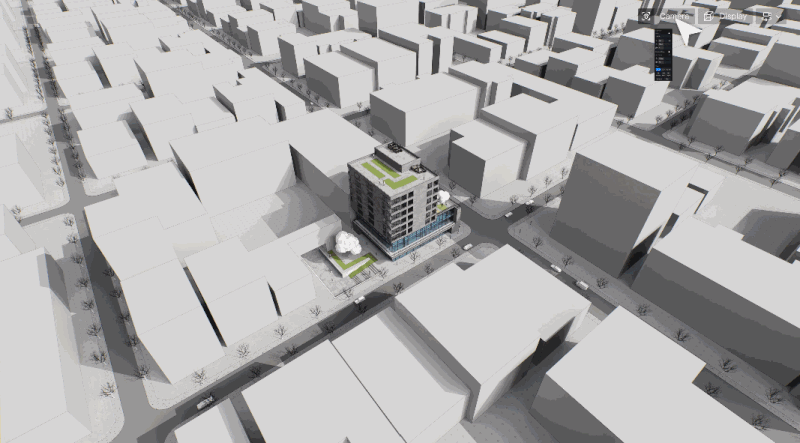

.png)
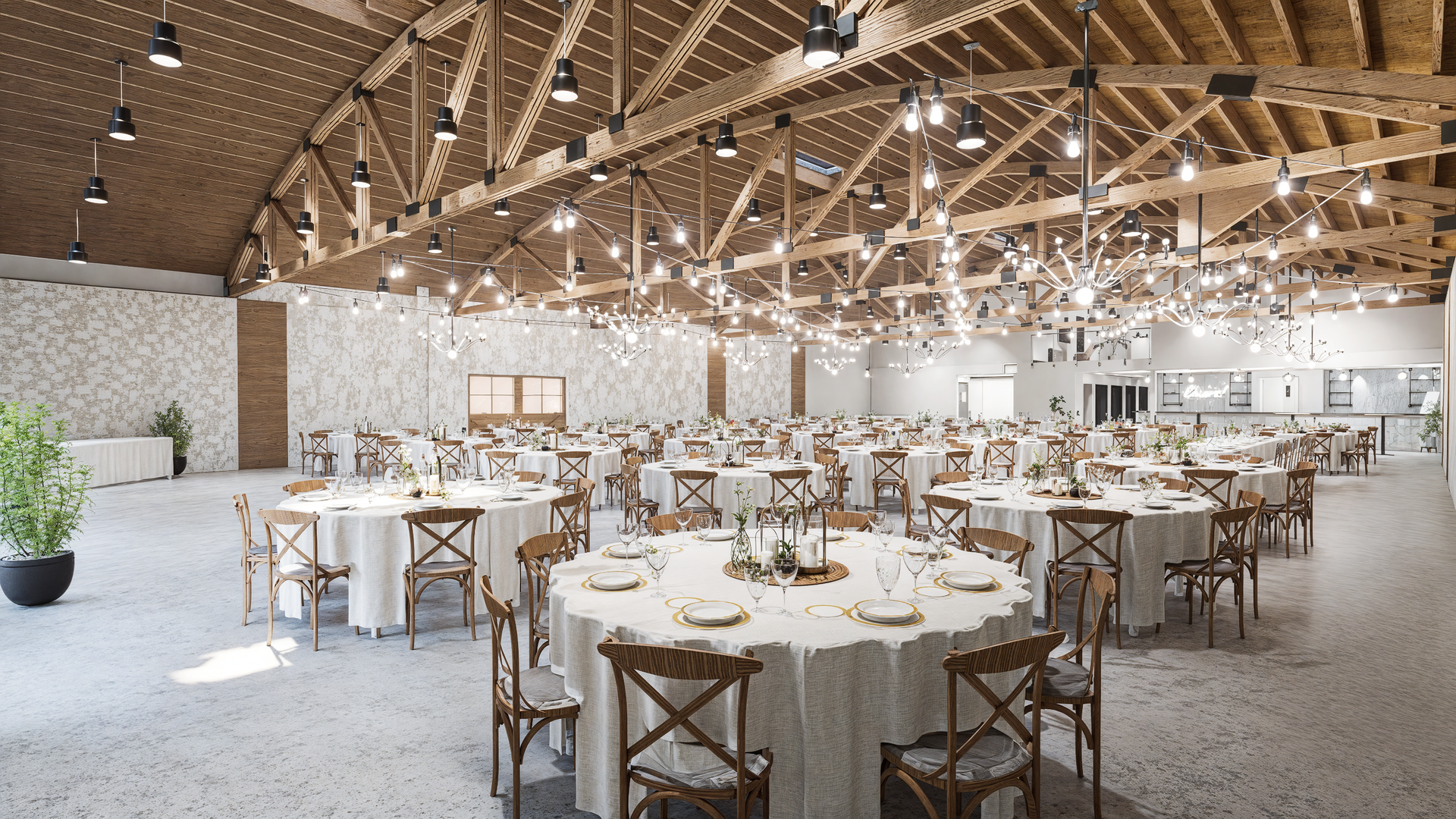
.png)
